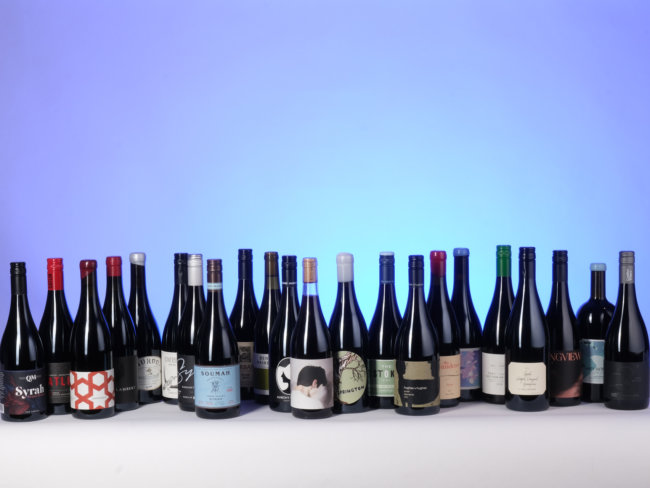Is orange the new white? Well orange isn’t even the current orange, with skin-contact wines made from white grapes – often called ‘orange’ or ‘amber’ wines – presenting in an array of hues, from a resolutely autumnal auburn, through luridly carrot-juice saffron to a decidedly classic green-tinged and crystal-clear appearance. And, as our recent panel tasting revealed, a longer time macerating on skins doesn’t necessarily mean a deeper hue.
Skin-contact whites can be pure, and they can be funky, as can natural wine. What you do expect from skin-contact whites is that the array of aromas is accented in a way that doesn’t occur with conventionally pressed grapes, and that there is a complexing of the structure, with formidable grip or a light chew from the grape-skin tannins. The wines don’t have to be oxidative. But they might be. They might be hyper-varietal. Or not. They might be orange. Or not. In the end, it’s a technique, and the matrix of site, varieties, methods, fermentation vessels… the possibilities… as they say.
There are few wines that are defined by their colour. Sure, many wines, rightly or wrongly, are judged by their shade – too light for a serious red wine or too golden to be a fresh white, or the like – but as a categorising caveat, colour, outside the red and white umbrellas, is confined to rosé and orange wines. The former needs little introduction, with a general expectation of style accompanying a variety of pinkish and tawny onion-skin hues. Orange wines, on the other hand, have been lumped with a defining Pantone number courtesy of prominent exemplars.
![]()
The spectrum of colour in our ‘skin-contact white’ blind tasting. Photograph: James Morgan. Location: Gertrude Street Enoteca.
Unsurprisingly, skin-contact whites – orange, amber or otherwise – are wines made from white grapes that have been fermented and matured on their skins (‘conventional’ modern winemaking usually presses white grapes quickly to retain fruit purity), investing the finished wine with the properties of those skins: tannin, flavour and colour. The colour of a skin-contact white will typically be deeper than a ‘conventional’ white, though not always, but only some of them will be orange.
This may seem like a semantic point, but it is important. Attempts at a catch-all name for skin-contact whites has been largely unsuccessful – “off-whites” being a particular low point – so orange and amber remain convenient handles. But, unlike rosé, and like classic red and white wine, colour is the least important part about skin-contact whites (although brick-ish and tawny notes may hint at oxidation), as it is simply a function of achieving other outcomes during winemaking.
Many things that we may associate with orange wine, natural wine and the like are not welded on necessities. Skin-contact whites can be pure, and they can be funky, as can natural wine. What you do expect from skin-contact whites is that the array of aromas is accented in a way that doesn’t occur with conventionally pressed grapes, and that there is a complexing of the structure, with formidable grip or a light chew from the grape-skin tannins. The wines don’t have to be oxidative. But they might be. They might be hyper-varietal. Or not. They might be orange. Or not. In the end, it’s a technique, and the matrix of site, varieties, methods, fermentation vessels… the possibilities… as they say.
Firstly, some history.
A little modern ancient history
The 20th century saw a revolution in Italian wine. It was a movement that catapulted Italy’s reputation from that of a producer of mediocre jug wine to one of international renown. Science stepped in, and traditional methods were largely abandoned in the interest of making clean and ‘pure’ wines, often with a decent seasoning of small French oak. And while these wines were celebrated, and a good path to commercial success for growers, something was lost. Many ordinary, dirty and oxidised styles were banished, but there was a sanitising, an internationalising effect, too.
Joško Gravner made celebrated wines in this modern style from his family’s estate in Oslavia, Friuli, in the north-eastern corner of Italy that culturally spills into nearby Slovenia. Somewhat disheartened by the style of wine that he was making – that he felt didn’t respect and reflect territory and tradition – Gravner extensively researched ancient winemaking methods, which finally led him to Georgia, in 2000.
Georgia, formerly buried in the USSR, is a museum piece of winemaking, with traditions thought to be more or less untouched over millennia. Yes, not centuries, but thousands of years. Serious Georgian winemaking is positively dated to 8,000 years ago. And the use of qvevri (clay amphora) to ferment wine is thought to have been used for just as long, with fragments of similar vessels found in archaeological digs dated to 5,800–6,000 BCE.
![]()
A man stands next to a qvevri in Georgia, in the late 1800s. Photo via Wikimedia.
It was wine in made in these vessels, particularly white grapes fermented on skins for long periods, that switched a light on for Gravner. Swiftly taking delivery of some qvevri, he fermented his Ribolla Gialla and ‘Breg’ white blend in the clay vessels buried in the ground, as is traditional, then left them on skins for six months before pressing and ageing further in large oak casks. The deeply hued wines had wildly unorthodox flavour and structural profiles, wowing some and disgusting others. And so, a legend was born.
The influence of Gravner and local contemporaries like Stanko Radikon and Edi Kante, not to mention the less well-known pioneers like Marko Fon in Slovenia, as well as Giusto Occhipinti of COS, in Sicily, is hard to overstate. Those wines were, and in some cases still are, extreme for many. They are singular expressions that polarise, but their disciples are even more fervent than their critics.
This adoption of ancient methods, that was typically allied with organic or biodynamic farming, was a clarion call for natural winemakers, a way of making wine from white grapes that took lo-fi winemaking back to its ancient roots. And the results were startling, igniting a revolution that has been felt around the world.
In Australia
Kevin McCarthy is credited with making Australia’s first deliberate ‘orange’ wine after a life-changing visit to Gravner. It was the 2008 T’Gallant ‘Claudius’, a blend of chardonnay, gewürztraminer and moscato giallo, which stayed on skins for seven months before ageing in large oak. This process very much mirrors Gravner (minus the qvevri), but McCarthy actually attempted the wine in 2007, freshly back from Friuli. However, his winemaking training took over and he whipped the wine off skins while it went through a particularly awkward phase, which set the wine in that phase. With more patience, or perhaps daring, he tasted the ’08 over two months before it started to cohere and resemble the wines he had loved so much at Gravner.
The interest in lo-fi winemaking and the use of skins for white grapes has expanded exponentially, fanning out with early adopters, like Abel Gibson of Ruggabellus and Brendon Keys of BK Wines, cultivating a loyal audience. No longer seen as a challenge to ‘conventional’ styles of white wine, skin-contact whites are decidedly their own category, with many classic producers trialling the methods, with results ranging from the startlingly successful to the somewhat cynical (yes, we’re looking at you Aldi). As it stands, skin-contact whites are deeply embedded in the zeitgeist.
McCarthy’s wine was more polemic than revolution at the time, a seed planted in a more traditional market. Although that wine had little commercial penetration, the gauntlet had been thrown down. (As an aside, while full-on skin contact for white grapes for an extended period may have been a shift in conventions, it’s worth noting that West Australian industry legend Jack Mann experimented with skin contact – for a day or so – when making his first ‘White Burgundy’, recognising the greater flavour achieved. And that was in 1932.)
At around the same time, and working from independent inspiration, Tom Shobbrook, Anton von Klopper, James Erskine and (the sadly departed) Sam Hughes had banded together to form Natural Selection Theory. Aside from their own projects, including Shobbrook’s seminal ‘Giallo’ (then a skin-contact sauvignon blanc, now riesling), the quartet had devised a project of extreme ambition.
Centred in Hughes’ hometown of Sydney, NST fermented their first wine in 44-litre ceramic eggs in a warehouse in White Bay. The nine eggs were encased in three different soil types – clay, quartz, limestone – and played music according to their soil types (yep, really) for good measure. That wine was a semillon from 2010, tantalisingly sourced from Len Evans’ old Brokenback vineyard. The wine was dosed with a token amount of sulphur and ‘bottled’ in 900 ml wax-sealed ceramic eggs , both as individual components and as a blend of the three. Needless to say, this project engaged and enraged in equal measure. Either way, though, this was a breakout moment in Australia for both natural wine and for skin-contact white, with the twinkle-eyed mavericks connecting in a way that McCarthy wasn’t able to a couple of years prior.
![]()
900ml ceramic egg ‘bottles’. Image via wakawakawinereviews.com
Since then, the interest in lo-fi winemaking and the use of skins for white grapes has expanded exponentially, fanning out with early adopters, like Abel Gibson of Ruggabellus and Brendon Keys of BK Wines, cultivating a loyal audience. No longer seen as a challenge to ‘conventional’ styles of white wine, skin-contact whites are decidedly their own category, with many classic producers trialling the methods, with results ranging from the startlingly successful to the somewhat cynical (yes, we’re looking at you Aldi). As it stands, skin-contact whites are deeply embedded in the zeitgeist. Time for a deep dive, we say.
As always, our panel was made up of some the country’s finest tasters, makers and thinkers, with a brief to find the wines that compelled the most. This is never an exercise in technical perfection or to champion one style over another, nor is it a search for profundity. Rather, the aim is to find wines of interest and character. The below notes are comprised of the wines that made a final list of six from each of the tasters.
Our panel was made up of: Lisa Cardelli DipWSET; Josh Elias DipWSET; Tom Kline, Victorian State Manager Bibendum Wine Co.; Penny Vine, Assistant Sommelier Cutler & Co.; Liz Carey, importer, Wine & Food Solutions; Katie McCormack, owner Congress, Future Future and Lagotta; Christian McCabe, owner Embla and Lesa; and Kevin McCarthy, Quealy Winemakers.
![]()
Our panel gathered above Gertrude Street Enoteca. Photograph: James Morgan.
The overview
With 50 wines to taste through, our panel worked through ten brackets of five (with a break at the halfway point), unwittingly tasting from least to most time on skins. The first wine spent seven days on skins for one component, but an average of two days total, while the last wine was on skins for 310 days. One may have expected the colour to deepen as the tasting progressed, even given varietal differences, but this was not the case. In fact, there were some quite pale wines late in the tasting and quite deeply coloured ones early. And this variability was felt well beyond the hue.
![]()
The first bracket, five of the 50 wines tasted, demonstrates some of the shades in the ‘skin-contact white’ spectrum. Photograph: James Morgan. Location: Gertrude Street Enoteca.
The range was “all over the place,” commented McCarthy, “which is good, really good to have that spectrum. But I kept looking at wines that I understood and liking them. The ones, I think, with ‘real’ skin contact. So, a long time on skins – I think. They just spoke to me. They were alive.”
While Vine leant in the other direction. “I was definitely skewed toward those with less [skin contact]. There were of course a number of exceptions in the extended skin contact arena,” she said. “A lot of the time I find myself leaning toward skin-contact wines made by people with traditional winemaking experience trying their hand at something different. This was confirmed.”
“Though the generic iterations did feature; the overall spectrum of styles within the category was exciting. I expected to be noting ‘ginger spice’ and ‘apricot’ more than I did,” commented Kline.
![]()
Tom Kline. Photograph: James Morgan. Location: Gertrude Street Enoteca.
“There were so few reference points in this tasting, and it was all scatter approach, so crazy, that my approach to this tasting was energy – which of these wines are energetic,” Elias remarked.
“I was pleasantly surprised by the proportion of wines that had the phenolics in balance rather than on show. For the most part, this set of wines highlighted the increased maturity and understanding around the production of this style of wine in Australia. I expected more funk, more brashness, more overtness. These factors definitely came into play, but to a far lesser extent that anticipated,” said Kline.
While, in the less successful examples, Carey noted that skin contact may have been employed to cover deficiencies. “It feels like some of them have been given skin contact to hide the blemishes of the fruit not being ripe,” she said. “You need ripeness.” She felt that this may be as “a result of many winemakers buying contract fruit, where the ability to control ripeness is much harder.” She summed by wondering “if Australian winemakers (the newer guard) are afraid of alcohol and ripeness, especially in this era of lower alcohol wines being the rage.”
The subject of Gravner and Radikon was naturally raised, though it was felt that while an important genesis, the reference point was somewhat redundant. “I think Gravner is irrelevant to this conversation,” remarked Elias. “I don’t think many of these wines attempted to do much of that,” he said in reference to emulating the profound style of Gravner and Radikon.
“It depends what they’re aiming for. A lot of these people are making wines to be drunk. Picnic wines that are understood by the general public. Gravner, Radikon, these wines are not necessarily appreciated or understood. So, in creating a wine for the Australian market they’re not relevant,” added McCormack
![]()
Katie McCormack. Photograph: James Morgan. Location: Gertrude Street Enoteca.
“We could over-complicate the analysis of these wines because of the category… we should taste these like we taste any wine. Look at the balance, the energy, the virtues of it,” added Kline. “It’s possible that a skin-contact white can be marked down for not being ‘skinsy’ enough despite being in balance. I think we need to be mindful of the intent which (hopefully) is to produce balanced, delicious wine.”
“There weren’t a whole lot there that I think I would drink a whole bottle of,” said McCabe, “but plenty that would be refreshing as a glass in the sun, or as a match with a specific dish. But having seen a lot of these types of wine come and go in the past seven to eight years, it’s good to see that winemakers are, slowly, learning how to integrate phenolics into wine in a way that deserves to be there. At first, there were a lot of wines that we really dominated by the phenolics and that was all you tasted, there’s still a few of those in there, but we’re making progress overall.”
“The tricky thing is that these wines are designed for food,” McCormack noted. McCarthy agreed. “The good wines were extraordinarily alive; succulent phenolics, exciting nose, screaming out for food,” he said.
“There’s a huge charming upside to a lot of the wines. I think there’s just real interest in a lot of the wines that I would otherwise, particularly the sauvignons, have no interest in. But I think that I had more interest from a food application perspective because of the textural element on the palate,” added Elias.
![]()
Christian McCabe and Josh Elias. Photograph: James Morgan. Location: Gertrude Street Enoteca.
The reflection on varietal expression was broadly discussed. “I’ve put some clearly varietal wine in the mix [of the top six], as I enjoyed how the skin work has enhanced the aromatic characters of the wine,” noted Cardelli, while Vine questioned the overtly aromatic wines.
“A couple of years ago the talk had always been that skin contact worked best for intensely aromatic varieties… After tasting so many blind, I am now drastically unconvinced of this. I saw so much of the classic characters of those varieties not being transformed but actually just turned up to 11 and just screaming out of the glass,” she commented.
“As with many of the other tasters, I struggled with the sauvignon or sauvignon-like green/pyrazine wines,” added McCabe. “Some were well made but in general it’s just not a style that I can enjoy… Having said that, I …put quite a few of these wines in my top six! So, perhaps the more assertive acid of the sauvignon grape can be a good thing if done well. The other major style theme was the aromatic gewürz or zibibbo type wine, the perfume softening the edges of the phenolics. Some of these had that ‘Just Juice’ tropical fruit vibe which maybe appeals more to young drinkers, but a few had a good salinity underneath keeping them serious and very drinkable.”
![]()
Liz Carey and Christian McCabe. Photograph: James Morgan. Location: Gertrude Street Enoteca.
“What is skin-contact/amber/orange wine?” reflected Carey. “The spectrum is vast, as displayed by this tasting. And the consumers expectations are varied,” This idea of what a skin contact is was certainly challenged by the tasting, as Elias summarised. “This [tasting] has opened up to me a crazy array of variables, and that’s the beautiful thing we love about wine.”
So, are skin-contact whites, for want of a better term, a category, or is it a technique whose nomenclature should be left in the winemaking shed?
“I think it’s a total injustice to start categorising so specifically. I think in this tasting you’ve got high-wire acts that are going for that level of tannin that are so different it’s almost like looking at pinot versus cabernet… I was surprised by the array. It’s just a crazy array. Look at all the different colours of the rainbow in this tasting,” Elias concluded.
![]()
The top wines from the blind tasting
![]()
2017 Ruggabellus ‘Solumodo’ Semillon, Riesling, Muscat, Eden Valley $50
Perhaps the benchmark Australian skin-contact ‘white’, this was McCarthy’s top wine. “Serious power (verging on rancio). Some VA, not a problem; adds to the wine’s structure. Gutsy in every way; glorious unleashing of the grape. Reminded me of the real thing,” he wrote. McCabe also rated it highly. “Rich on the nose, very Venezia-Giulia-like, could even be amphora raised. Rounded edges, the most complete wine in the line-up for me with expert phenolic development. Very detailed and full of intrigue, maybe has a hint of brett showing but a very enjoyable drink,” he commented. Carey noted that the wine “possibly [spent] time in old barrels,” commenting on the “fine integrated tannins,” and noting that “the palate is on a journey.” She found it “balanced with wonderful length,” and showed “a deft touch from the winemaker.”
![]() 2019 Brave New Wine ‘Gewurlitzer’ Riesling Gewürztraminer, Great Southern $33
2019 Brave New Wine ‘Gewurlitzer’ Riesling Gewürztraminer, Great Southern $33
This found considerable support from tasters, with four ranking it in their top-six selections. “Sweet Apricot, musk and a honey glazed element. Linear palate that is so well composed. I love the direct focus but also the edges of this wine and its texture throughout. This isn’t the sort of aromatic profile that usually endears me, with the honey and blossom elements. However, upon tasting the structural integrity pulls you over, with whippy tannin and freshness of acidity. Great harmony and balance. Back-flip wine,” wrote Elias. “Smells like what it should – gingery, tangeriney. Burnt almonds. Very loud nose. Green herbs – dried cooking herbs. Curry leaf and turmeric. Great development in the glass on the nose. Palate is sour fruited, citrus juice. Structure is not overkill and the leesyness continues,” commented Vine. McCarthy saw a “lifted nose; toffee, dried herbs and golden hay; smells like late summer. Some VA; adds to the wine.” He noted “succulent mouth-coating phenolics,” with “balance, richness and persistence.” Cardelli saw “honey, ginger, apricot marmalade,” and a palate that was “soft and round with tannin attack, aromatic lift, good length,” and that a “cereal, mealy element is less intrusive than in other examples and it actually adds an extra dimension to the wine.”
![]() 2018 Livewire ‘XxX’ Viognier Riesling, Geelong $38
2018 Livewire ‘XxX’ Viognier Riesling, Geelong $38
This was Vine’s top wine of the tasting. “Great clarity, golden, brassy colour. Cream cheese. Ginger snaps. Sweet spices. Some leafy herbal character. Very attractive, alluring nose. Palate is medium bodied and focused, bright acidity. Looks like it has really been taken care of, it’s well made. Savoury finish. Excellent,” she wrote. “Golden. Firstly hit with nutty oxidative notes. Bruised orchard fruits, leatherwood honey, chamomile tea. Great texture on the palate, balance of acidity, length and firm tannins. Again, a slight saltwater edge that makes it scream out for food,” commented McCormack. Kline noted a “vibrant gold colour” with “complex aromas of cardamom pod, cumin and fennel seed with an umami edge. The palate is stone fruit driven and vibrant with perfectly ripe peach, nectarine and apricot. All framed by a great acid/tannin line. Excellent balance and interest.”
![]() 2015 Freehand ‘Audax’ Semillon, Great Southern $42
2015 Freehand ‘Audax’ Semillon, Great Southern $42
This was Kline’s top wine of the tasting. “Intense amber colour. Deep-set aromas of earth, wood, honey and ginger. Good palate weight and intensity. Honey, mushroom and earth sit above baked fruits on the palate. Lovely tannin/acid synergy carrying everything through. This feels confident, assured and vinous,” he wrote. McCarthy also included it in his top-six list. “Great nose (again almost rancio). Serious colour, power and weight. Great persistence. This is seduction and hedonism; bring it on,” he commented.
![]() 2018 La Petit Mort ‘Amphora VMR’ Viognier Marsanne Roussanne, Granite Belt $35
2018 La Petit Mort ‘Amphora VMR’ Viognier Marsanne Roussanne, Granite Belt $35
This was Carey’s number-one pick. “An Inviting floral nose full of intrigue. The palate has a savoury edge (possibly amphora fermented), and the phenolics and fruit are balanced. Good length, feels like some extended time on skins,” she wrote. McCarthy also found favour with the wine, noting a “lovely muscaty nose; wonderful length, silky phenolics, rich, ripe and persistent. So alive!” As did Cardelli. “Turkish delight flavoured rose petals, apricot kernel. This wine retains a textural aromatic tone without shading its grippy tannins. It feels almost like biting a fleshy lychee with the seed, leaving a sweet/sour/dry and highly aromatic length,” she commented.
![]() 2017 Limus Sauvignon Blanc, Adelaide hills $44
2017 Limus Sauvignon Blanc, Adelaide hills $44
McCormack placed this on the top of her list. “Deep orange hue. Initial hits of VA the borderlines wood varnish but enough apricot nectar to balance it out on the nose. Fleshy stone fruit palate, cultured butter, lemon peel, toffee dominated by grippy tannin,” she wrote. McCabe also included it in his top six. “Amber, almost ramato colour, slightly peaty nose. Intense with good acid line, crushed nuts, then quite light on the finish, possibly due to a hint of mousiness. As an example of a sauv wine using the inherent savouriness to good cause this wine worked really well,” he commented.
![]() 2019 South by South West ‘Fieldie’ Sauvignon Blanc Semillon, Margaret River $30
2019 South by South West ‘Fieldie’ Sauvignon Blanc Semillon, Margaret River $30
This featured in the top selections of both Kline and Cardelli. “Clear bright colour. Vegetal and funk-driven aromatics and a lithe, energetic palate with great carry through of the bitter palate components. This feels nervy, boisterous and puckish,” wrote Kline. “Pungent and vegetal, jalapeno, asparagus, the varietal sauvignon blanc is showing clearly. Refreshing acidity. The pungency and vegetal [notes] persist on the palate. Polarising wine – guess it will divide people, but I like how it carries through the varietal character,” commented Cardelli.
![]() 2018 Unico Zelo ‘Esoterico’, Riverland $23
2018 Unico Zelo ‘Esoterico’, Riverland $23
This found favour with Carey. “Aromatic nose with citrus tones. Punchy fruit driven palate with freshness –there’s drinkability there. Balanced, good length,” she wrote. It also made Kline’s top-six list. “Fennel, ginger and baked fruits on the nose. Nice lift of sweet toffee fruits on the palate with a lovely core and sense of depth. Good intensity and power with a long tangy close,” he commented.
![]() 2019 Vinden Headcase ‘Somerset Vineyard’ Gewürztraminer, Hunter Valley $30
2019 Vinden Headcase ‘Somerset Vineyard’ Gewürztraminer, Hunter Valley $30
McCarthy registered this in his top selections. “Loved the combination of fully ripe rose petal, traminer, tropical, citrus chutney. Balanced with succulent phenolics,” he commented. Carey also rated this well. “Jumped out of the glass, incredibly aromatic nose laden with spice and sunshine. The palate is fresh and pretty. The fruit is exotic. Nice length. The phenolics came out more once the wine warmed up a little. Really interesting wine,” she wrote.
![]() 2018 Freehand ‘ExAnimo’ Semillon, Great Southern $26
2018 Freehand ‘ExAnimo’ Semillon, Great Southern $26
This received support from three tasters. “Whilst the nose didn’t grab me, the palate was intriguing and a little like a rollercoaster. Dips and licks of phenolics and vibrant fruit, the fruit feeling phenolicaly ripe. There’s something here I like,” wrote Carey. Vine also put this in her top six. “Tropical fruit juice, tinned fruit but still fresh, bright. Cloudy, more orange colour. Looks young. Showing more apple and brown pear, slightly bruised. It’s not particularly exciting but certainly the most enjoyable to drink. Texture is slow building and delicate, but it’s there. I think I like that it’s not particularly varietal,” she commented. “Vibrant pale gold colour. Beautiful balance of celery root/vegetal notes in with a good core of fruit on the aromatics. Lovely balance of texture and tension with good intensity of fruit pulled long on the palate. The phenolics play a great support role without dominating,” wrote Kline.
![]() 2018 Dirt Candy ‘The Renegade’ Traminer, Hunter Valley $27
2018 Dirt Candy ‘The Renegade’ Traminer, Hunter Valley $27
Elias rated this as the most compelling wine of the day. “Led by a delicate citrus zest top-note with cider apple hints. There are complex oxidative undertones of toffee and honey with a fresh sherbet edge. Soft and sweet-fruited entry. There is a strong acid flex in the mid-palate that is raw and compelling. The structure is pleasantly juxtaposed against the delicacy of the aromas. A wake-up call with electric energy. Juicy Fruit chewing gum wrapped in lemon sherbert with a cider fizz. Love the subtle silky chalky tannins sitting below,” he wrote.
![]() 2019 Express Winemakers ‘L’Orange’ Riesling Sauvignon Blanc, Great Southern $32
2019 Express Winemakers ‘L’Orange’ Riesling Sauvignon Blanc, Great Southern $32
This topped McCabe’s list, making it his wine of the day. “Opulent, spicy and chewy with lots of phenolics which are a bit angular in a good way. Kernel/nut aromas, pretty serious, concentrated and food friendly. A really well-balanced example,” he wrote.
![]() 2019 Koerner Pigato, Clare Valley $30
2019 Koerner Pigato, Clare Valley $30
This was Cardelli’s favourite wine of the tasting. “Citrus and herbal quality, there is texture, but it is in balance with crunchy and vibrant acidity. The captivating phenolic grip is like that in a brewed herbal tea, coupled with lemon and orange notes. It’s an interesting combination of sour and creamy characters and I keep going back to this glass!” she commented.
![]() 2018 Good Intentions Wine Co. ‘The Artesian Lava’ Riesling, Mount Gambier $33
2018 Good Intentions Wine Co. ‘The Artesian Lava’ Riesling, Mount Gambier $33
This made the top-six lists of both Elias and Vine. “Yeasty soy oxidative/leesy notes, dried apples, raw pineapple and a spike of anise. Apple, lemon and lime, direct chalky grip engagement, zesty, fresh – slightly pickled on the finish. Riper nose undercut by fresh acid. Interplay of savoury and fruit,” wrote Elias. “Quiet. Opening up to show some cake, sweet spices. Tropical fruit – pavlova? Still delicate though. Focused palate shape, medium grip. Considered. Looks like skilled winemaking, good clarity in the glass. Sherbetty and good present grip,” commented Vine.
![]()
2018 Brave New Wine ‘Klusterphunk’ Chardonnay, Great Southern $33
Both Elias and McCarthy gave this a top-six billing. “Sour apple, toffee, herbal undertow, sage and raw pineapple – lots of flavour. Chalky grip is elegantly melded with the fresh apple fruit on the palate. There is a sour lemon freshness to the acid. Herbal edges are apparent on the finish,” commented Elias. McCarthy found it “Interesting, but some methoxy and VA. Just a good drink; thinking the vineyard must be good. Has presence; delicious.”
Vine: “Looks varietal – riesling-like. Brassy colour, good clarity. White flowers (lilies, hydrangeas). Good precision. Fragrant but not too boisterous. Palate is green apples and even white strawberries. A refreshing change to all the tropical fruit. Still vibrant. Really good.”
![]() 2019 Year Wines Fiano, McLaren Vale $28
2019 Year Wines Fiano, McLaren Vale $28
McCormack: “Mild lemon yellow, clear. Sour lemon warhead lollies, Meyer lemon, curd, guava, Earl Grey tea, waxy, EVOO, Manchego funk. Lemon pith tartness gives it a precise palate that makes me want to take another sip.”
![]() 2018 Yangarra ‘Roux Beaute’ Roussanne, MacLaren Vale $50
2018 Yangarra ‘Roux Beaute’ Roussanne, MacLaren Vale $50
Elias: “Muted apple and peach are embedded within subtle honeyed and nutty elements. Fresh cut honeydew and a smoky echo. So delicate yet persistent. Mineral flint yet fruity. Chalky tannin through the mid. Finishes sparkly and pretty with sweet leesy notes. Sparkly, sparkly crystals.”
![]() 2019 Ari’s Natural Wine ‘Retsini’ Chardonnay, Southern Highlands
2019 Ari’s Natural Wine ‘Retsini’ Chardonnay, Southern Highlands
McCormack: “Cloudy. What I liked about this wine was the aromatics didn’t scream – it was more of a quiet achiever compared to some of the other wines in the line-up. The gentle skin contact intensified green pineapple and ripe honeydew melon notes but still remained light and refreshing. Honeysuckle, orange zest and coriander seeds at second sniff. Palate had just the right amount of juicy stone fruit (peach and nectarine) to hold the hint of herbal tannin grip. I could drink more than one glass.” (Note that this wine employs pine resin, in the style of Retsina.)
![]() 2018 Cullen ‘Amber’ Semillon Sauvignon Blanc, Margaret River $39
2018 Cullen ‘Amber’ Semillon Sauvignon Blanc, Margaret River $39
McCabe: “Sweet musky nose with good acid–phenolic tension. Crunchy with candied and dried fruit balanced by quite sour/leafy acid. Very well put together and serious wine, verging on commercial in style but has plenty of interest.”
![]() 2018 Catlin ‘Hellagrüd EXP#2’ Grüner Veltliner $29
2018 Catlin ‘Hellagrüd EXP#2’ Grüner Veltliner $29
Vine: “Very pale yellow, almost white wine-like colour. And it smells like white wine, stone fruit, tree fruit. Grip is more forward on the palate, rounded, present but not too challenging. More-ish. Good.”
![]() 2018 Ravensworth ‘Seven Months’, Murrumbateman $38
2018 Ravensworth ‘Seven Months’, Murrumbateman $38
Cardelli: “Floral, mild spices, savoury palate. It has a refreshing and crunchy acidity that lingers on the multi-layered mouth-filling palate. It has its own personality amongst the others.”
![]() 2019 Brave New Wine ‘Andiamo’ Vermentino, Great Southern $33
2019 Brave New Wine ‘Andiamo’ Vermentino, Great Southern $33
McCormack: “Light amber, cloudy. Constantly went back, whilst challenging and interesting not to the point where it has sacrificed deliciousness. Rather than typical “ginger and orange peel notes” that you expect from a wine of that colour I am hit with lanolin, clay, blanched almonds and an empty ice-cream container (that once had Bulla vanilla in it). Apricot carries the slightly lean palate that finishes with a salty tart lemon bite. Reminds me of Molly Roses “when life gives you lemons” farmhouse ale. Funky but in a good way.”
![]() 2019 Dormilona ‘Orenji’ Sauvignon Blanc Semillon, Margaret River $24
2019 Dormilona ‘Orenji’ Sauvignon Blanc Semillon, Margaret River $24
McCabe: “Stone fruit and woody spice, good freshness and acid attack, detailed palate. Probably not a wine I’d score as high standalone, but it was persistent and detailed and that shone through amongst all the others.”
![]() 2018 Momento Mori ‘Bianco’ Fiano Greco di Tufo Chardonnay, Heathcote $45
2018 Momento Mori ‘Bianco’ Fiano Greco di Tufo Chardonnay, Heathcote $45
Cardelli: “Spicy and exotic, fairy floss texture, an absolute fun to drink, zingy acidity coupled with explosive mango and Indian spices characters.”
![]() 2019 Smallfry ‘Tangerine Dream’, Barossa Valley $36
2019 Smallfry ‘Tangerine Dream’, Barossa Valley $36
Both Elias and Carey included this in their top-six lists. “Lemon, lemon balm, honeyed edges, toast, stalky with herbal complexity. Chalky tannin that complement the preserved lemon and juicy apricot elements of the wine. There is a breakfast juice element to this wine – abundant texture with a fresh sour acid sitting below. Hedonistic Fruit Juice,” wrote Elias. Carey saw “zippy, citrus notes,” with “phenolics [that] come in mid-palate behind the fruit – nice length.”
![]() 2018 BK ‘Skin n’ Bones’ Savagnin, Adelaide Hills $35
2018 BK ‘Skin n’ Bones’ Savagnin, Adelaide Hills $35
McCormack: “Golden orange, clear. Another wine that I wish I had more time with to let it evolve in the glass. Briny green olives, baked apple pie, quince, nuts, buttered honey toast come to mind at first, second and third glance. Hint of VA that carry across the palate but not enough to mask the gentle apricots and yellow peach that prevent the thyme stem tannins from being too harsh.”
![]() 2017 Domaine Simha ‘Lotus Amphora’ Riesling, Tasmania $65
2017 Domaine Simha ‘Lotus Amphora’ Riesling, Tasmania $65
Kline: “Celery root, root vegetable, something subtly sweet. Palate balances sweet fruit and sourness nicely. Good tension and nerve with integrated tannin and good tangy length.”
![]() 2018 Arfion Smokestack Lightning ‘SCGZ’ Gewürztraminer, Yarra Valley $30
2018 Arfion Smokestack Lightning ‘SCGZ’ Gewürztraminer, Yarra Valley $30
McCabe: “Fruity, almost like petrol station juice from a tetra pack. Stem ginger and gewürz perfume. Good structure and tension, interesting and really well made. There were a few wines in the line-up that had a similar style, this one for me was the one that nailed it and that I would happily drink it with porchetta or a Cantonese meal.”
The Panel
![]() Christian McCabe started his career in his native Wellington, where he opened his renowned restaurant Matterhorn. Moving across the Tasman with Chef Dave Verheul, McCabe opened the Town Mouse in Carlton, before establishing Embla, and later Lesa, with Verheul and legendary UK natural wine importer and restaurateur Eric Narioo (Les Caves de Pyrene). He also owns wine wholesaler Puncheon Bottles with winemaker Patrick Sullivan, and the duo will soon open a wine store a couple of doors up from Embla and Lesa called Punchin’ bottles.
Christian McCabe started his career in his native Wellington, where he opened his renowned restaurant Matterhorn. Moving across the Tasman with Chef Dave Verheul, McCabe opened the Town Mouse in Carlton, before establishing Embla, and later Lesa, with Verheul and legendary UK natural wine importer and restaurateur Eric Narioo (Les Caves de Pyrene). He also owns wine wholesaler Puncheon Bottles with winemaker Patrick Sullivan, and the duo will soon open a wine store a couple of doors up from Embla and Lesa called Punchin’ bottles.
![]() Liz Carey is a hospitality veteran, having worked across the country and overseas, notably for Christine Manfield and for a number of years as Head Buyer, Manager and Sommelier for MoVida and their import arm, Alimentaria. Since leaving MoVida, she has run her own specialist importing business, Wine & Food Solutions, since 2016. Carey is co-organiser of Soulfor Wine, a natural wine festival filling part of the space left vacant by the departure of Rootstock, and regularly moonlights as a sommelier in like-minded establishments.
Liz Carey is a hospitality veteran, having worked across the country and overseas, notably for Christine Manfield and for a number of years as Head Buyer, Manager and Sommelier for MoVida and their import arm, Alimentaria. Since leaving MoVida, she has run her own specialist importing business, Wine & Food Solutions, since 2016. Carey is co-organiser of Soulfor Wine, a natural wine festival filling part of the space left vacant by the departure of Rootstock, and regularly moonlights as a sommelier in like-minded establishments.
![]() Josh Elias worked as a sommelier at Vue de Monde, Attica and Grossi Florentino before co-founding ground-breaking food and wine magazine Alquimie, where he was Chief Editor. Josh holds the Advanced Diploma from the Court of Master Sommeliers and was the Dux of Victoria’s first WSET Diploma Graduates. He is currently studying for both his Master of Wine and Master Sommelier Diploma.
Josh Elias worked as a sommelier at Vue de Monde, Attica and Grossi Florentino before co-founding ground-breaking food and wine magazine Alquimie, where he was Chief Editor. Josh holds the Advanced Diploma from the Court of Master Sommeliers and was the Dux of Victoria’s first WSET Diploma Graduates. He is currently studying for both his Master of Wine and Master Sommelier Diploma.
![]() Lisa Cardelli is a WSET Diploma holder who currently works as a wholesale representative for specialist Italian importer Tricolore, as well as at the legendary Prince Wine Store as a WSET Educator. Until August 2019, she was the Head Sommelier and Buyer at Rosetta. She is also a wine show judge, most recently at the Royal Melbourne Wine Awards.
Lisa Cardelli is a WSET Diploma holder who currently works as a wholesale representative for specialist Italian importer Tricolore, as well as at the legendary Prince Wine Store as a WSET Educator. Until August 2019, she was the Head Sommelier and Buyer at Rosetta. She is also a wine show judge, most recently at the Royal Melbourne Wine Awards.
![]() Tom Kline is the Victorian State Sales Manager for benchmark importer and wholesaler Bibendum Wine Co. He is a second-generation wine educator, following after his father, and now teaches WSET as well as self-authored wine courses.
Tom Kline is the Victorian State Sales Manager for benchmark importer and wholesaler Bibendum Wine Co. He is a second-generation wine educator, following after his father, and now teaches WSET as well as self-authored wine courses.
![]()
Kevin McCarthy, along with his wife Kathleen Quealy, has been subverting the dominant paradigm most of his career. Firstly, by going long with pinot grigio in the early ’90s in an array of styles, then with an homage to Gravner with his skin-contact 2008 ‘Claudius’, which was a staggering statement at the time. He has since pioneered alternative varieties, like friulano, as well as amphora-raised wines and field blends.
![]() Penny Vine is a long-term hospitality worker, with a love of wine cohering at Newtown’s Bloodwood in 2010. She spent three years at Marion on the wine team, completing WSET 3 internally with group Sommelier/Buyer Leanne Altmann. In 2018, Vine stepped through the connecting door to join the wine team as Assistant Sommelier to Liam O’Brien at Cutler & Co. She was a top three finalist in the Sommeliers Australia Education Scholarship this year, and has spent the last two years co-running an event series called Not Serious Wine Chats.
Penny Vine is a long-term hospitality worker, with a love of wine cohering at Newtown’s Bloodwood in 2010. She spent three years at Marion on the wine team, completing WSET 3 internally with group Sommelier/Buyer Leanne Altmann. In 2018, Vine stepped through the connecting door to join the wine team as Assistant Sommelier to Liam O’Brien at Cutler & Co. She was a top three finalist in the Sommeliers Australia Education Scholarship this year, and has spent the last two years co-running an event series called Not Serious Wine Chats.
![]() Katie McCormack is one half of Milieu Hospitality, along with her brother Michael. She opened Congress in Collingwood in 2017, before adding Future Future in Richmond, as well as recently swinging open the doors of Lagotto in Fitzroy North. Trained as a chef, she oversees the beverage purchasing across the diverse portfolio of venues, as well as managing front of house operations.
Katie McCormack is one half of Milieu Hospitality, along with her brother Michael. She opened Congress in Collingwood in 2017, before adding Future Future in Richmond, as well as recently swinging open the doors of Lagotto in Fitzroy North. Trained as a chef, she oversees the beverage purchasing across the diverse portfolio of venues, as well as managing front of house operations.
How the tasting was conducted
All wines were decanted into clear wine bottles, so as to not let bottle shape or closure type intrude on the appraisal. The wines were ordered one to 50, in increasing days of skin contact (starting at around two days skin contact, and going up to 310 days skin contact), although this was not disclosed to the panel until after the tasting. Once the initial tasting was completed, the panel re-tasted as they saw fit to confirm or recalibrate their first impressions, and to give those wines tasted first a chance to be properly compared to those tasted later. The identity of the wines was revealed after the panellists had disclosed their opinions.
![]()
![]()

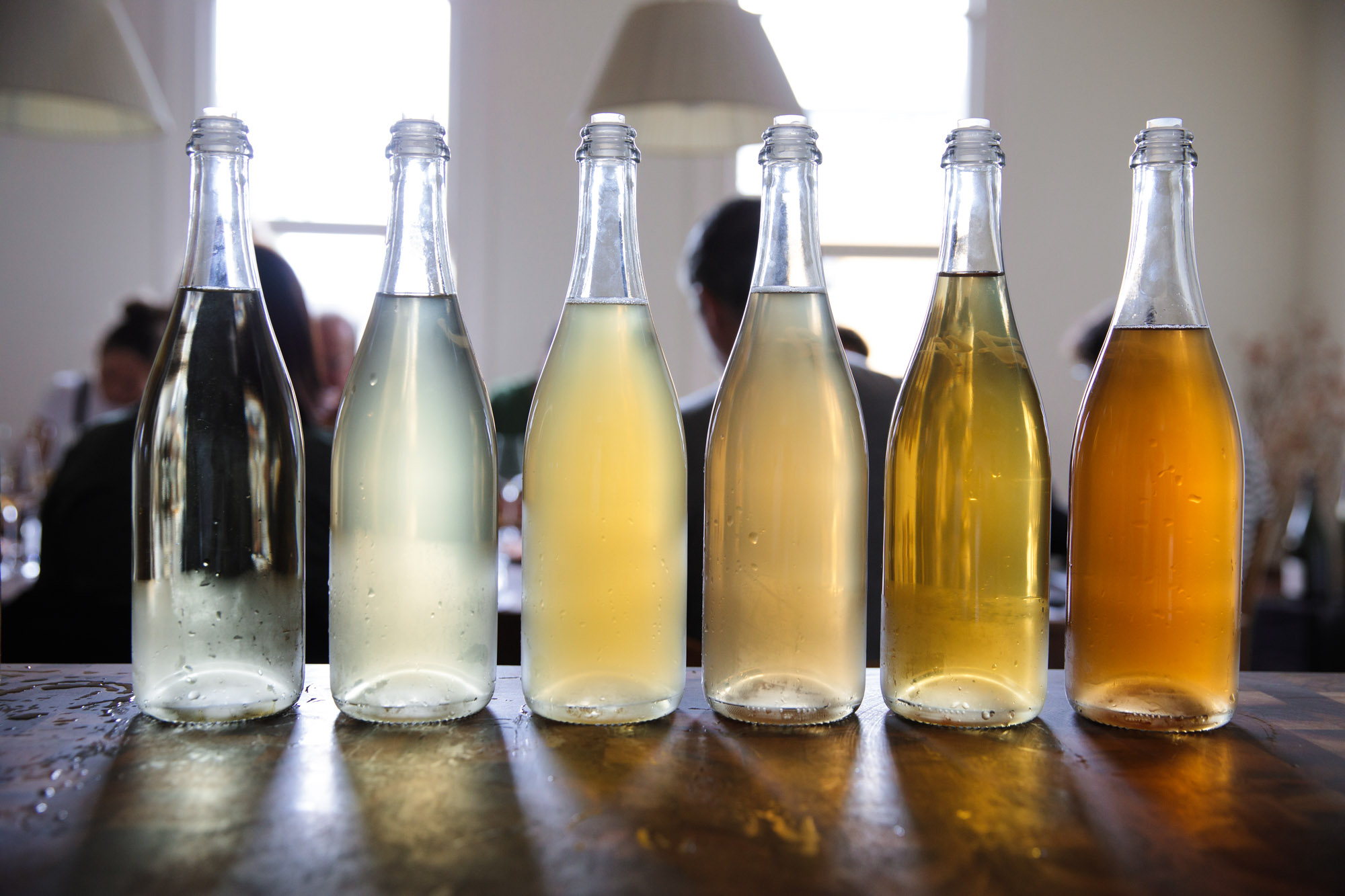
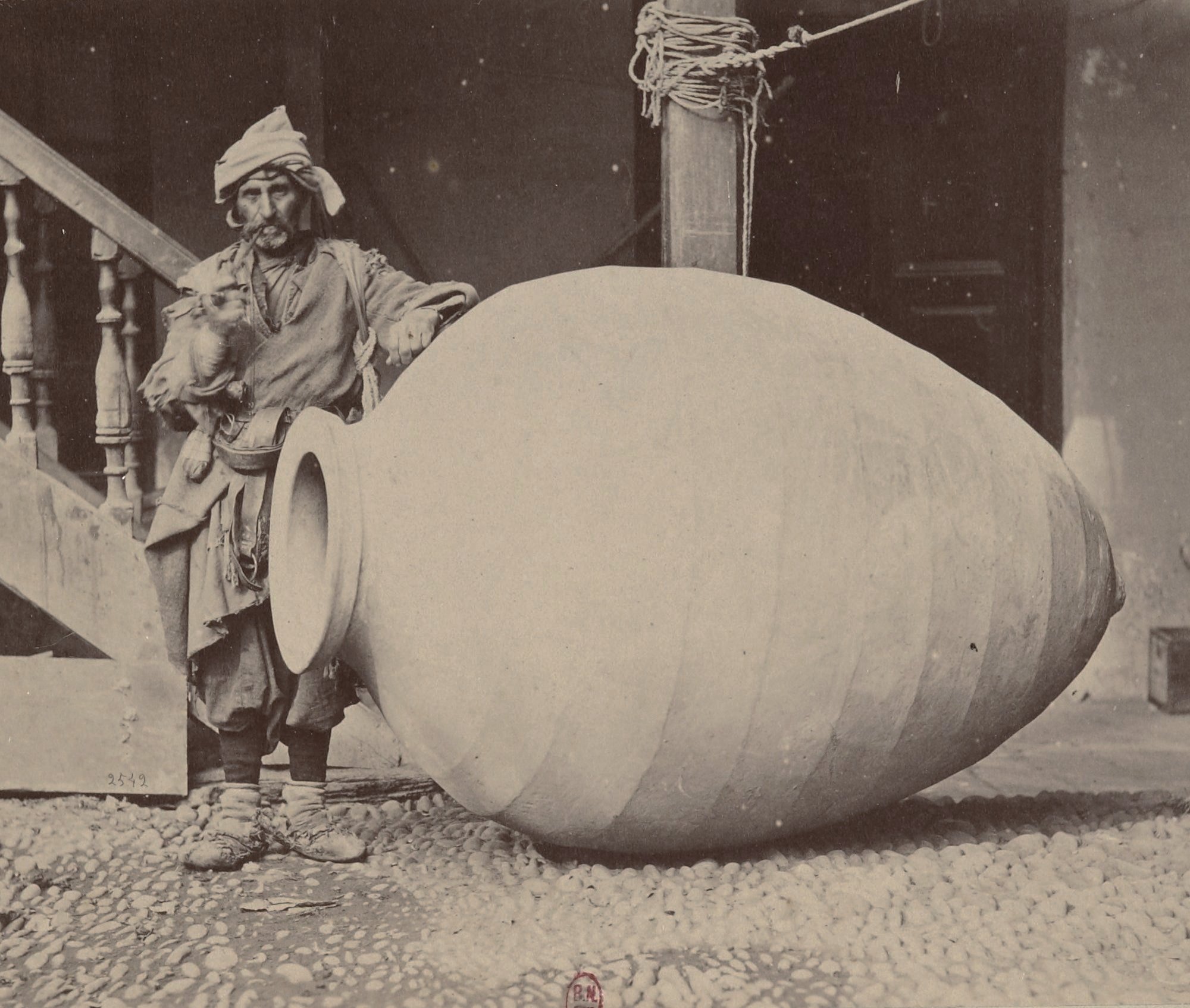
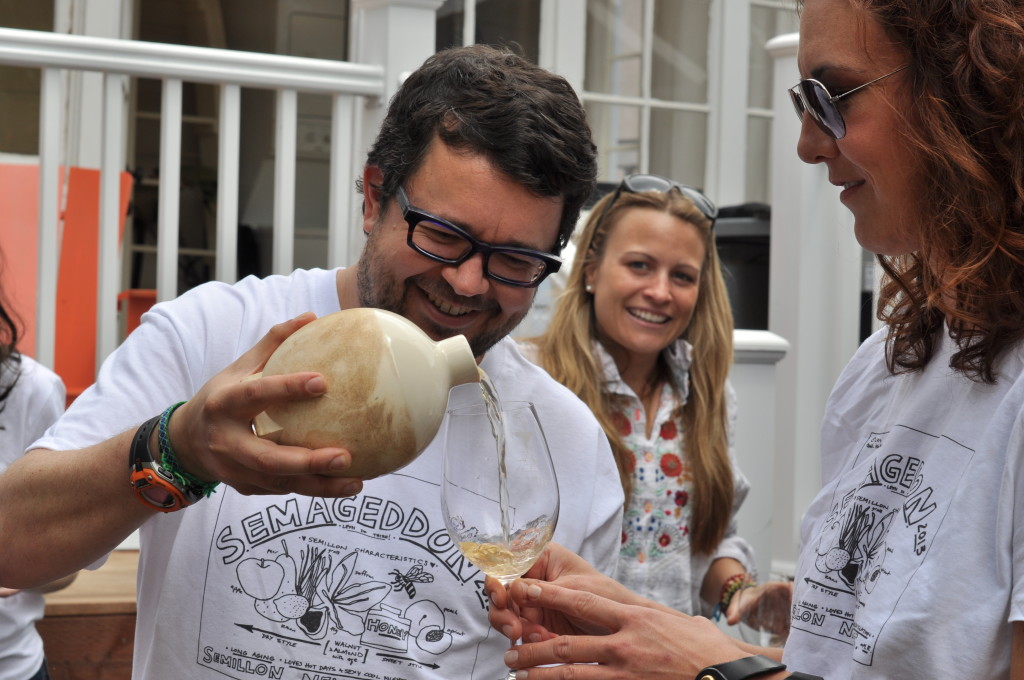
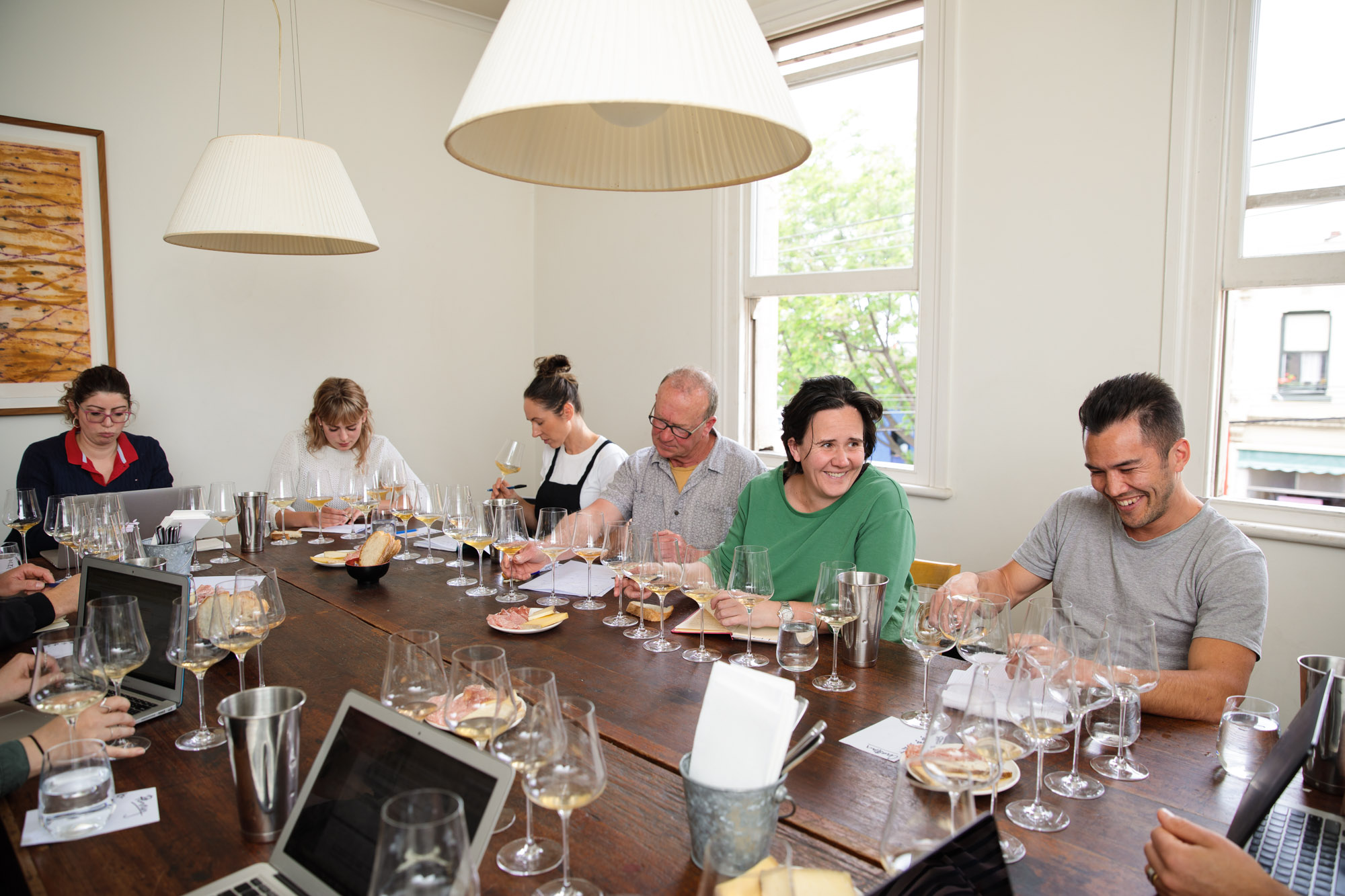
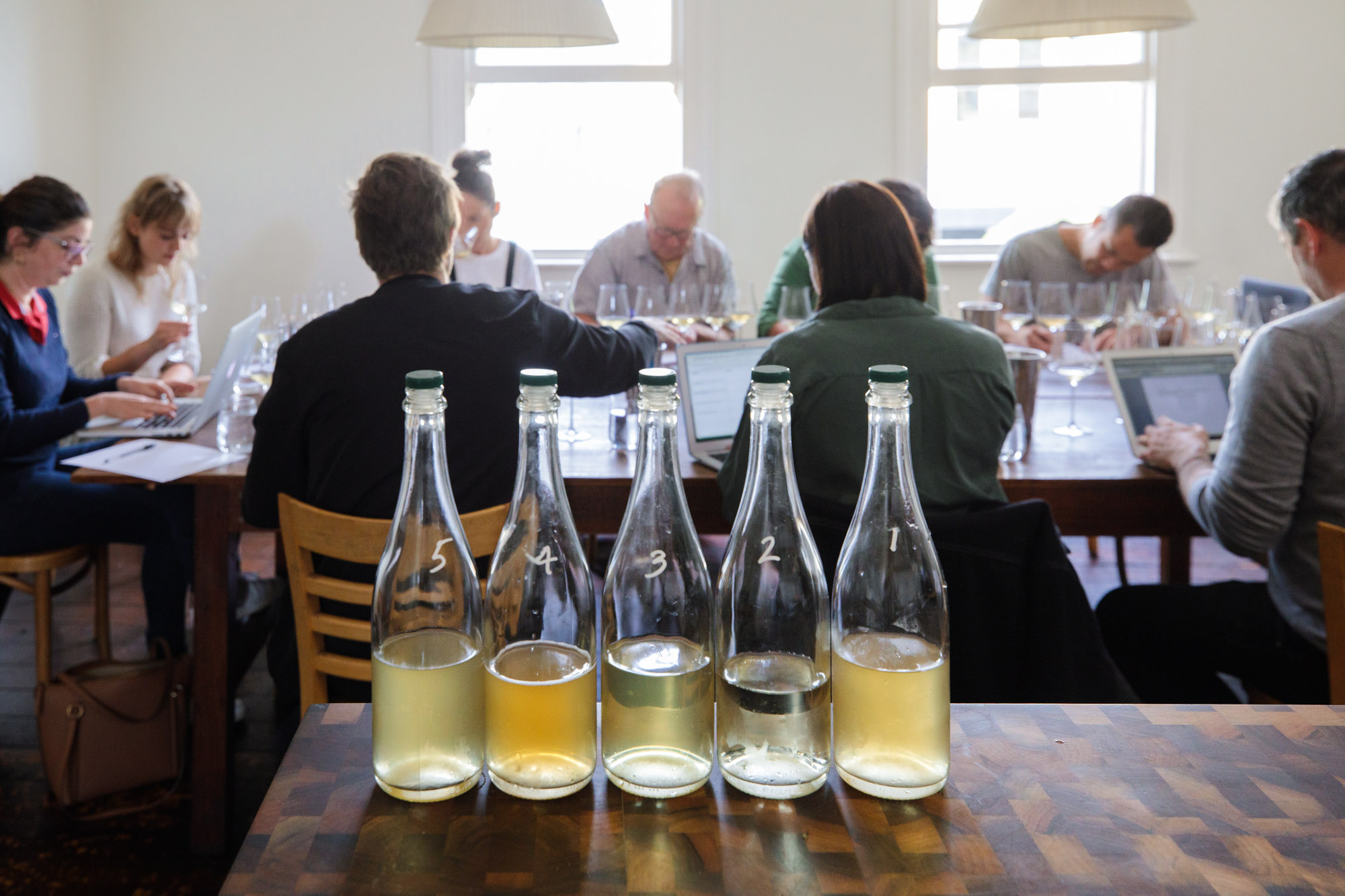
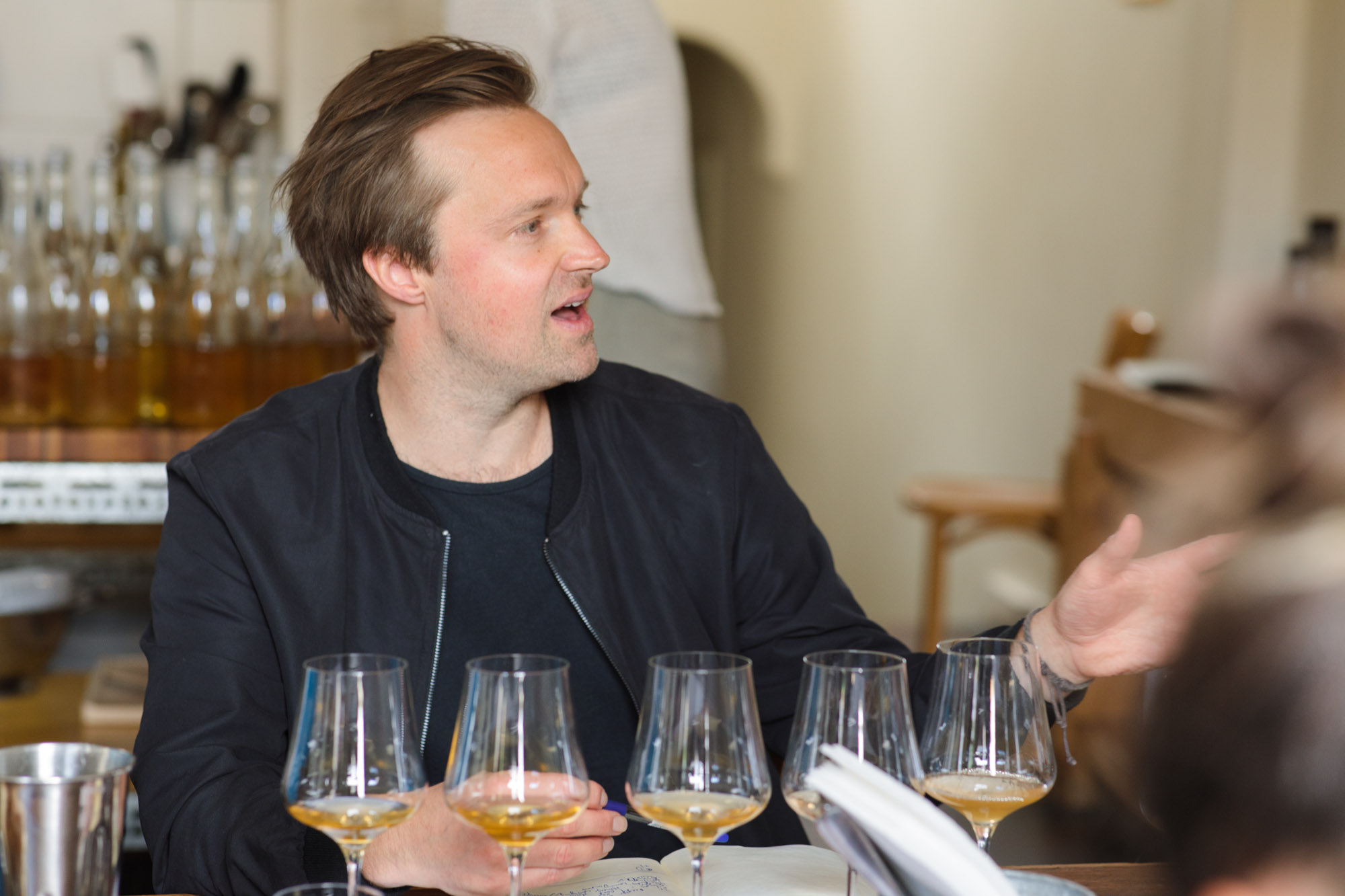
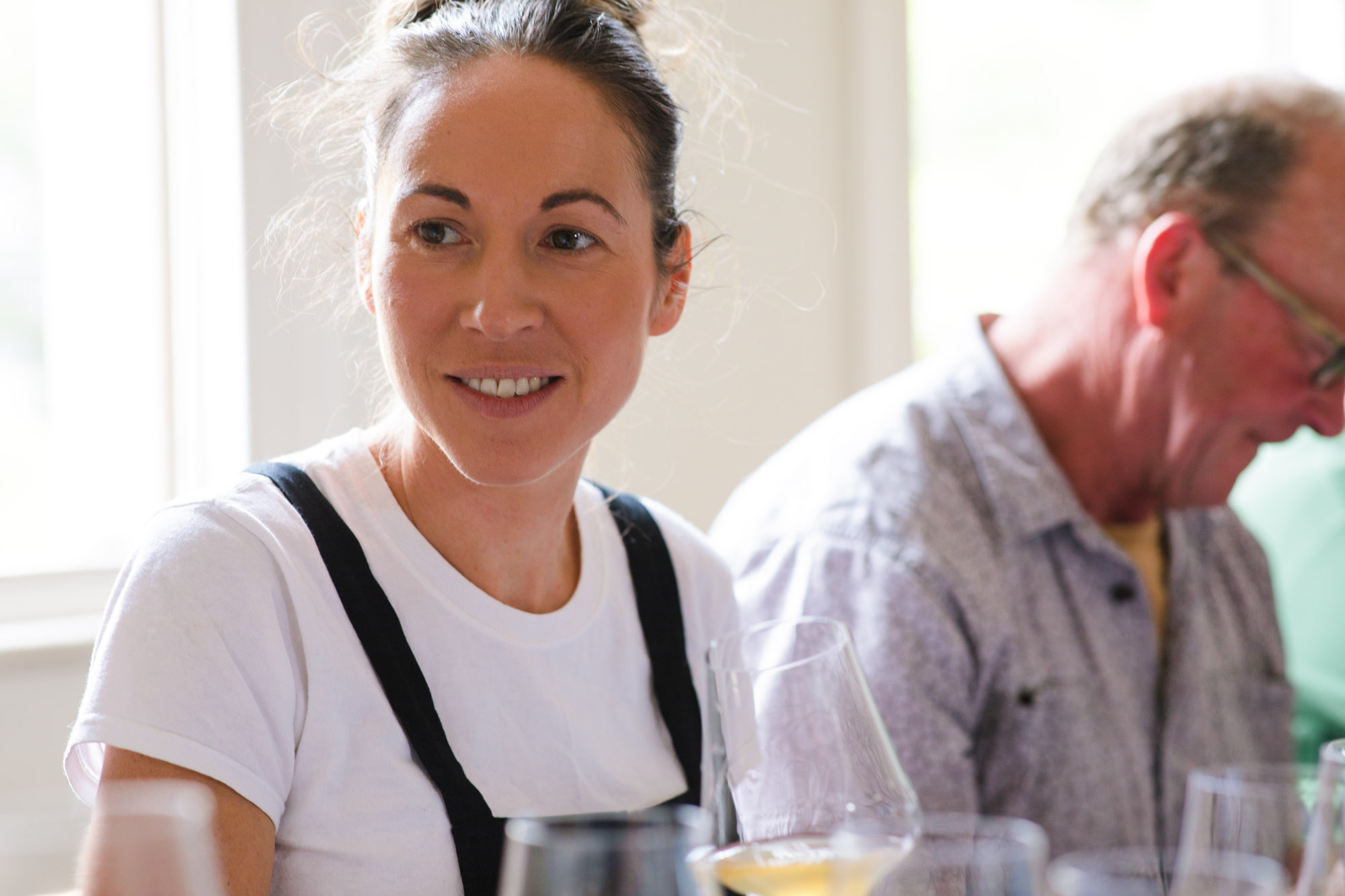
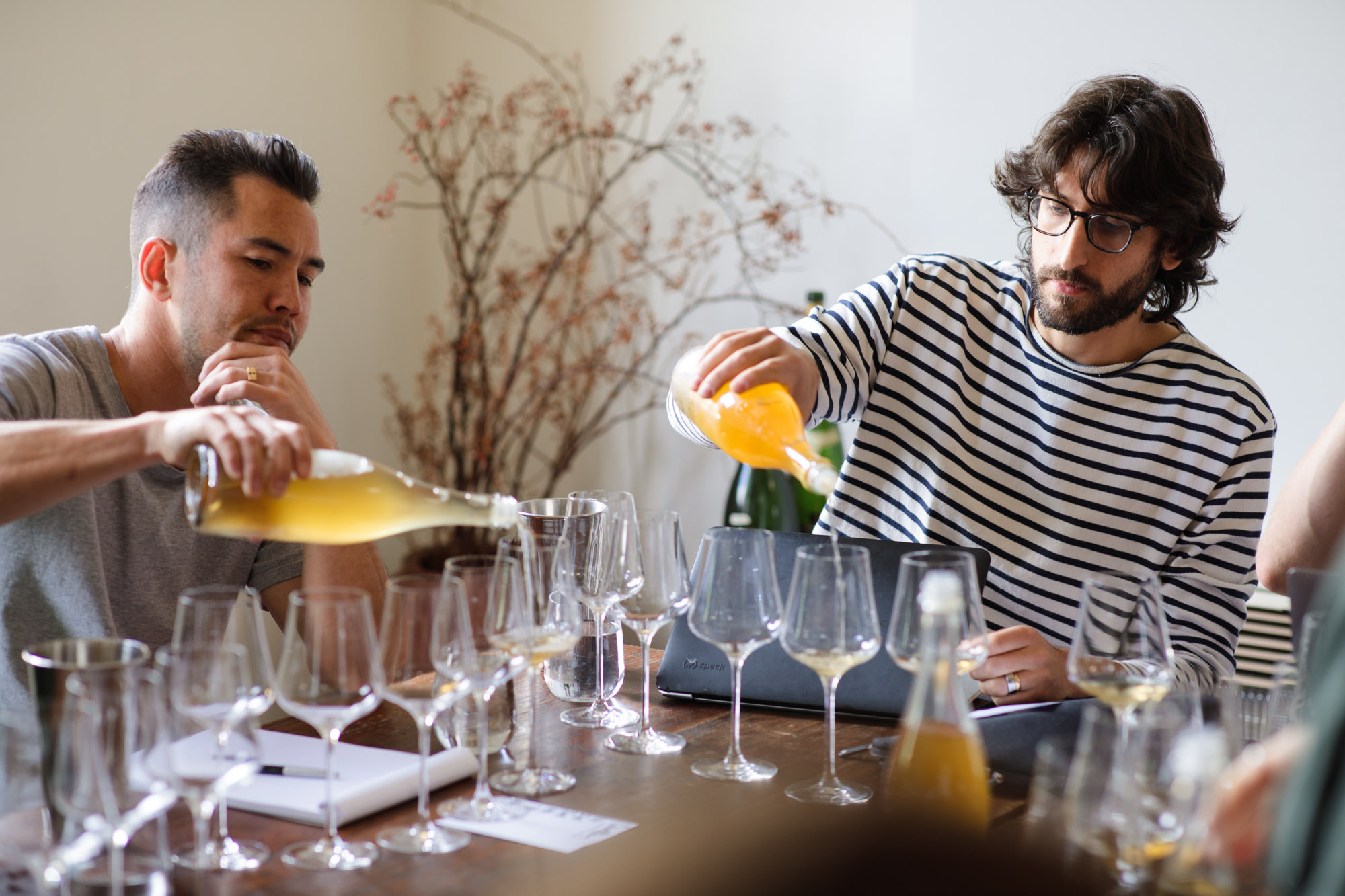
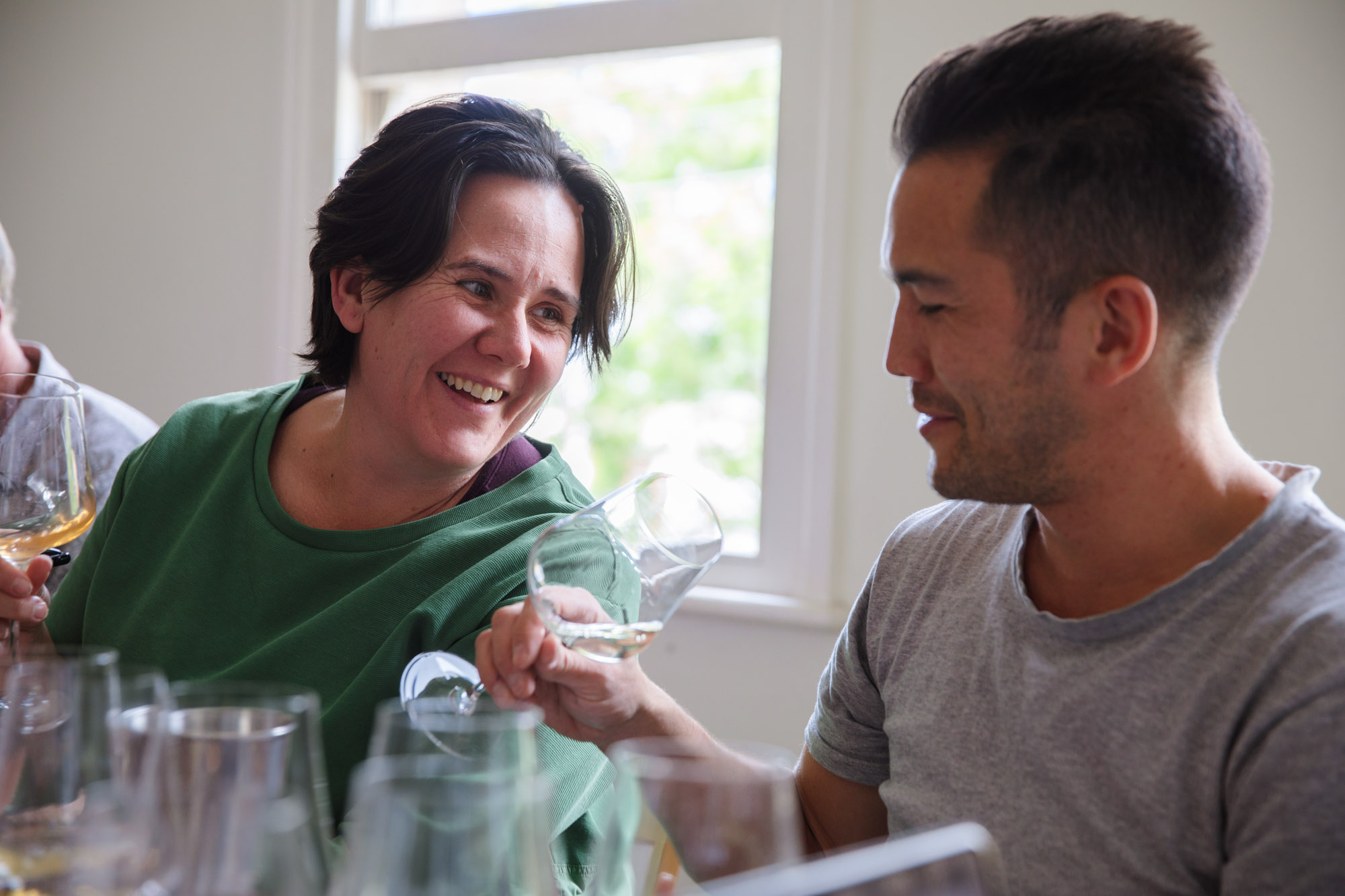
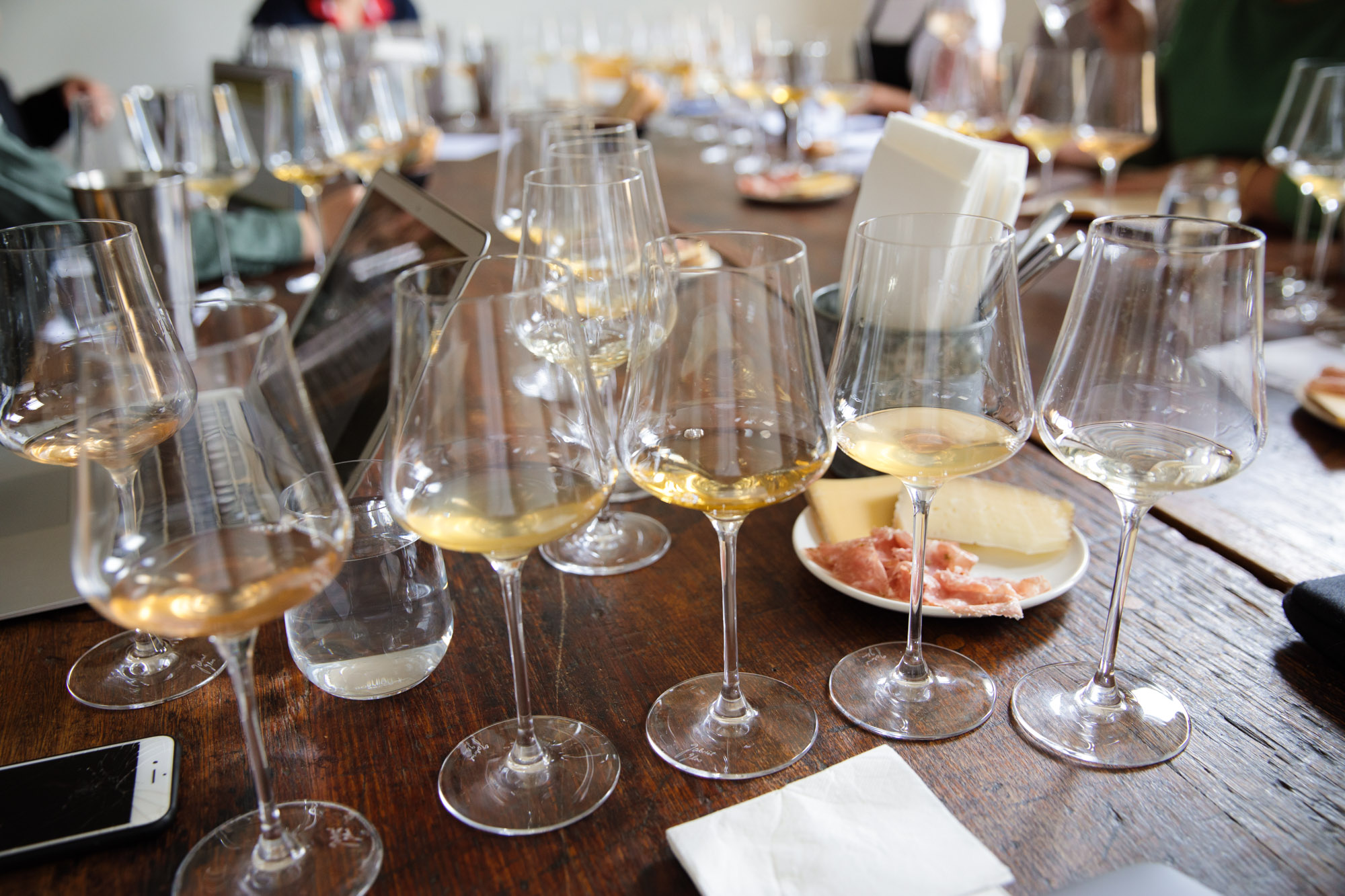
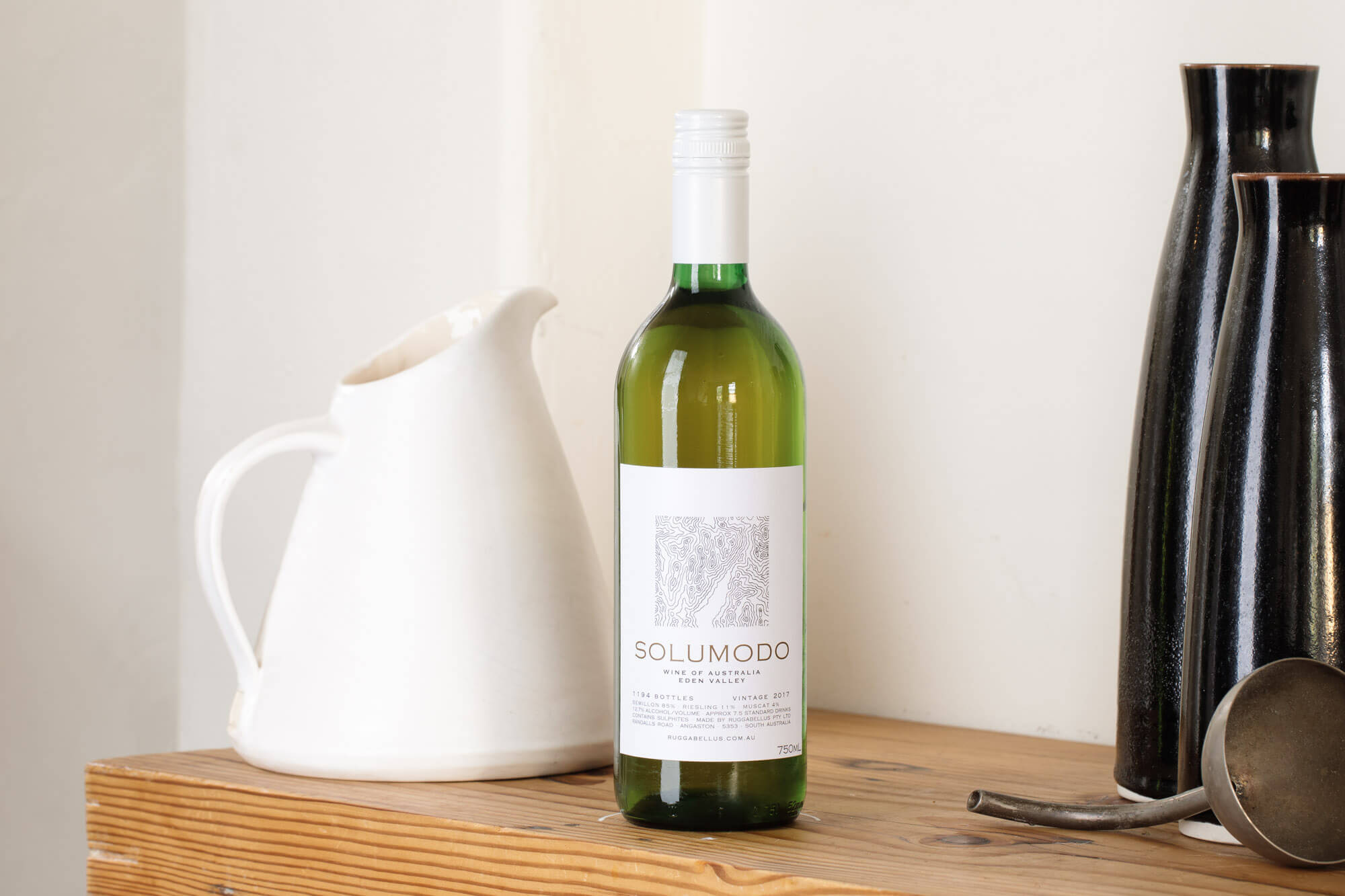
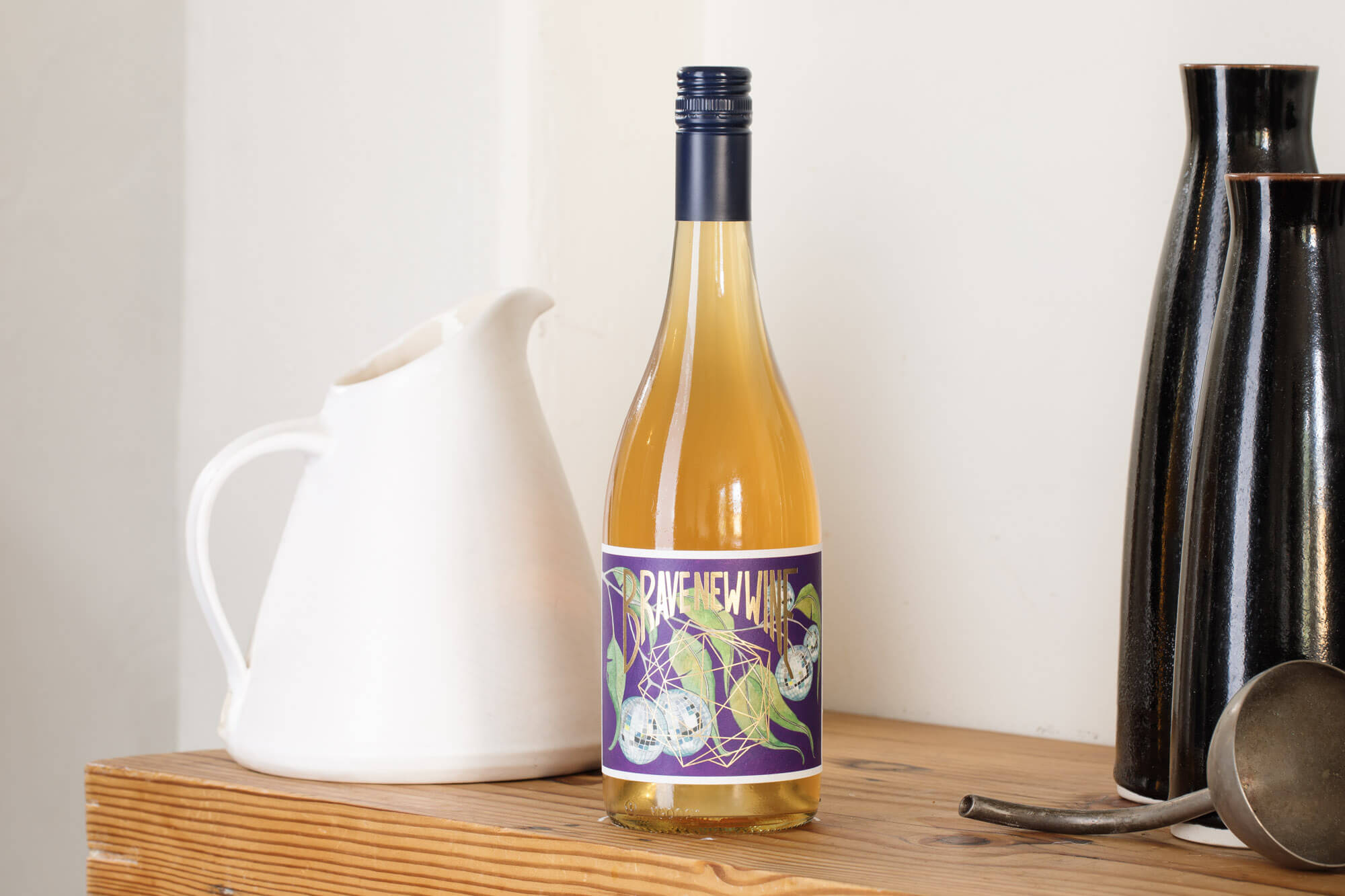 2019 Brave New Wine ‘Gewurlitzer’ Riesling Gewürztraminer, Great Southern $33
2019 Brave New Wine ‘Gewurlitzer’ Riesling Gewürztraminer, Great Southern $33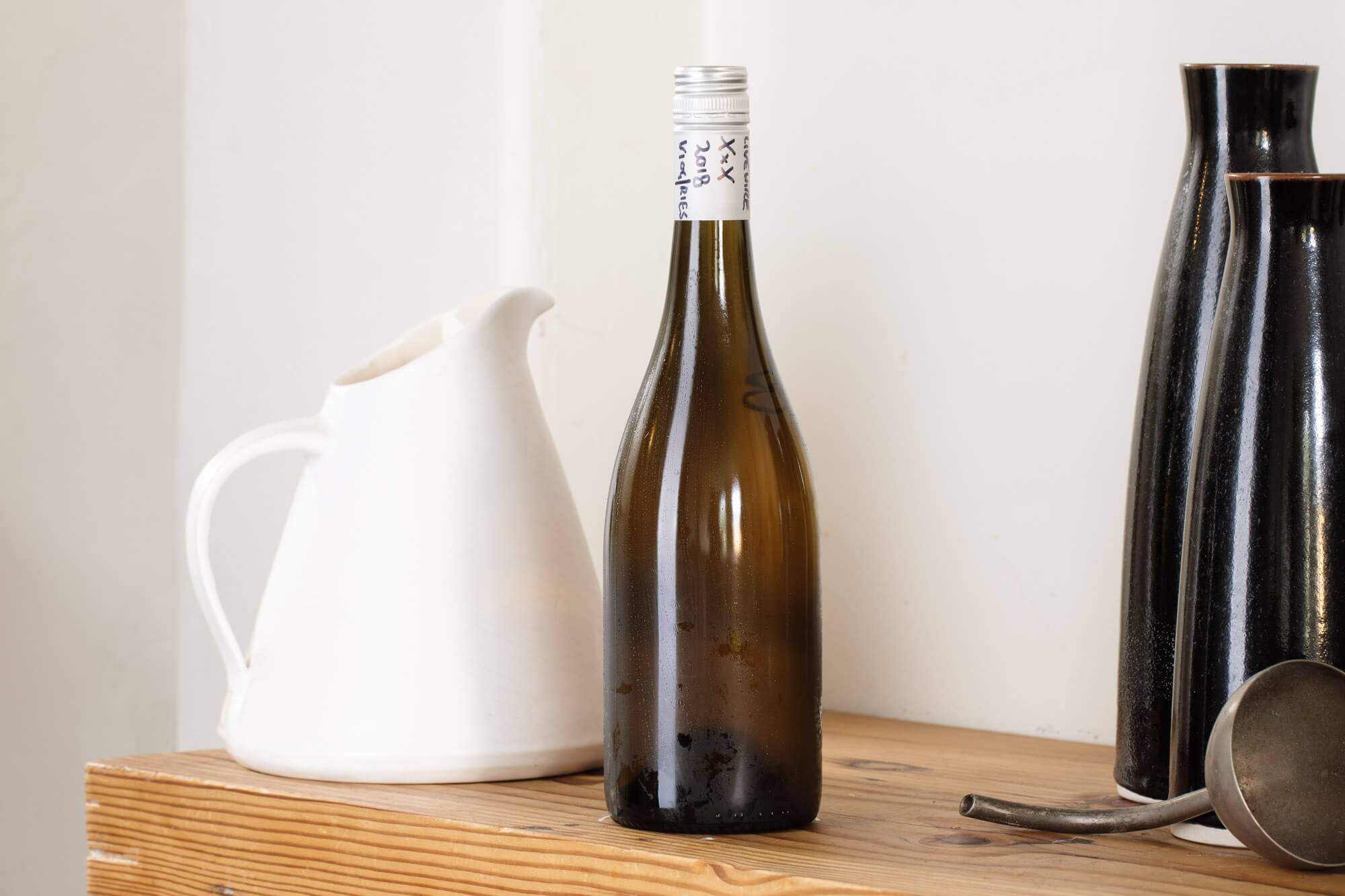 2018 Livewire ‘XxX’ Viognier Riesling, Geelong $38
2018 Livewire ‘XxX’ Viognier Riesling, Geelong $38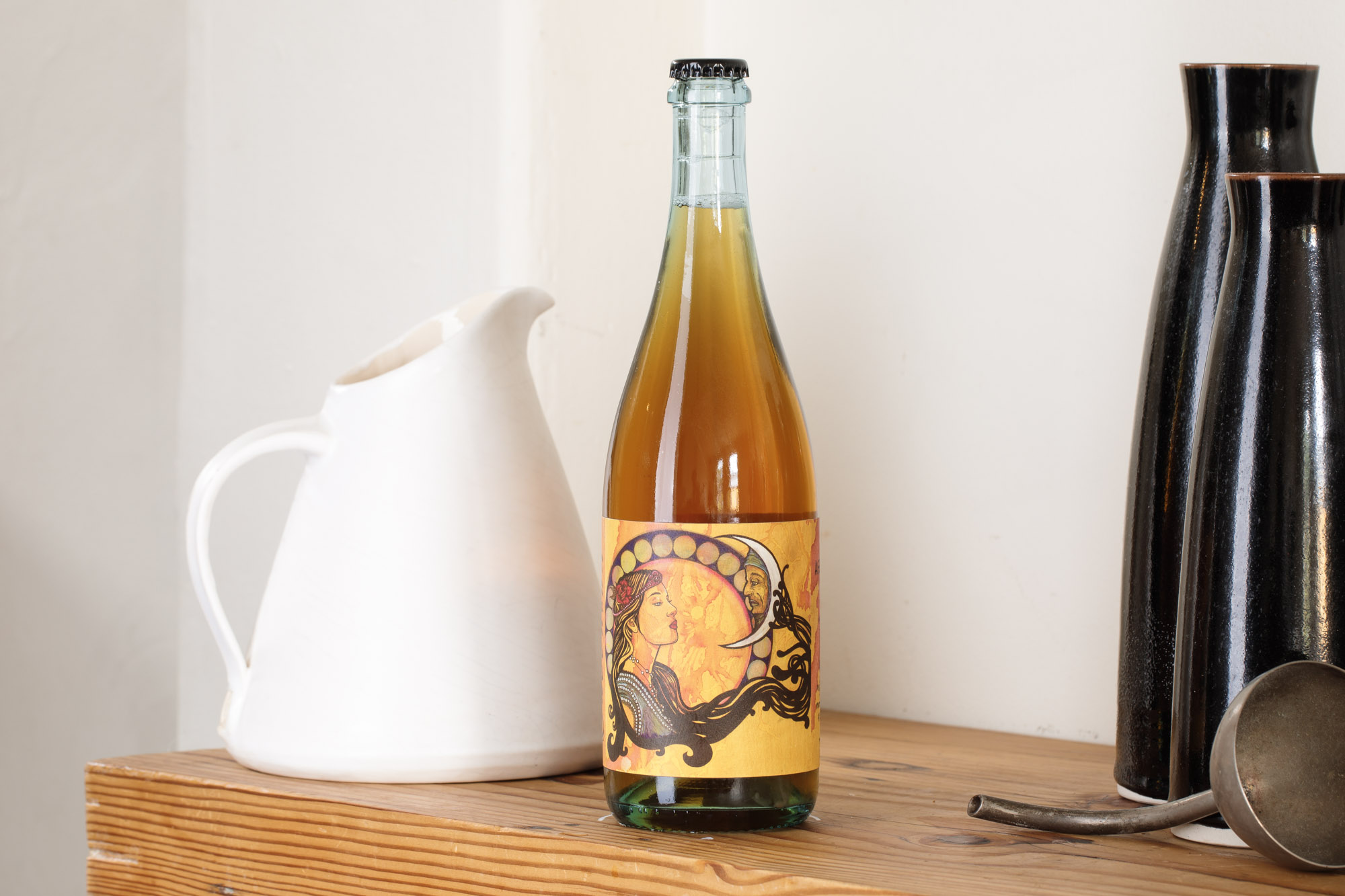 2015 Freehand ‘Audax’ Semillon, Great Southern $42
2015 Freehand ‘Audax’ Semillon, Great Southern $42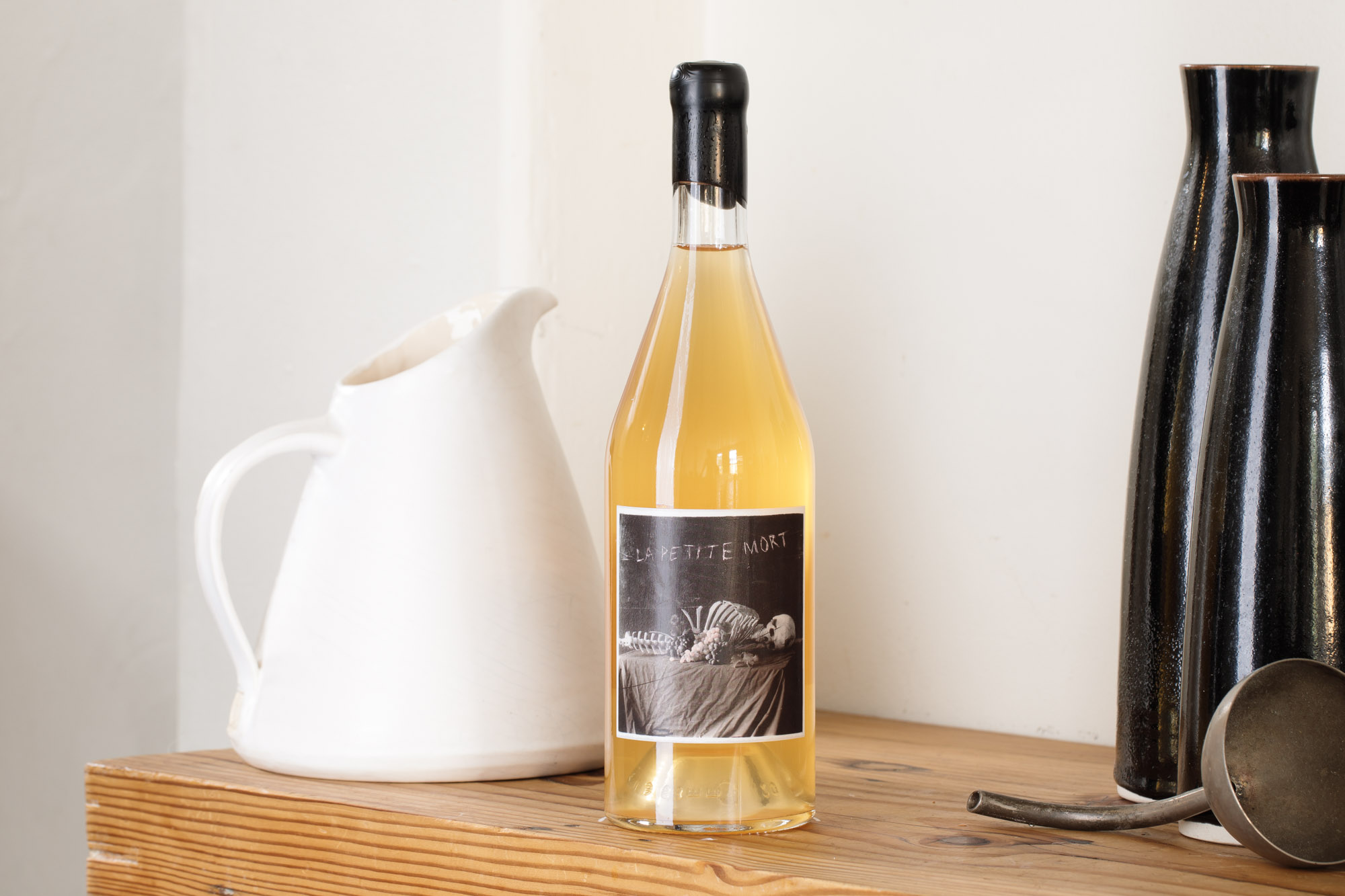 2018 La Petit Mort ‘Amphora VMR’ Viognier Marsanne Roussanne, Granite Belt $35
2018 La Petit Mort ‘Amphora VMR’ Viognier Marsanne Roussanne, Granite Belt $35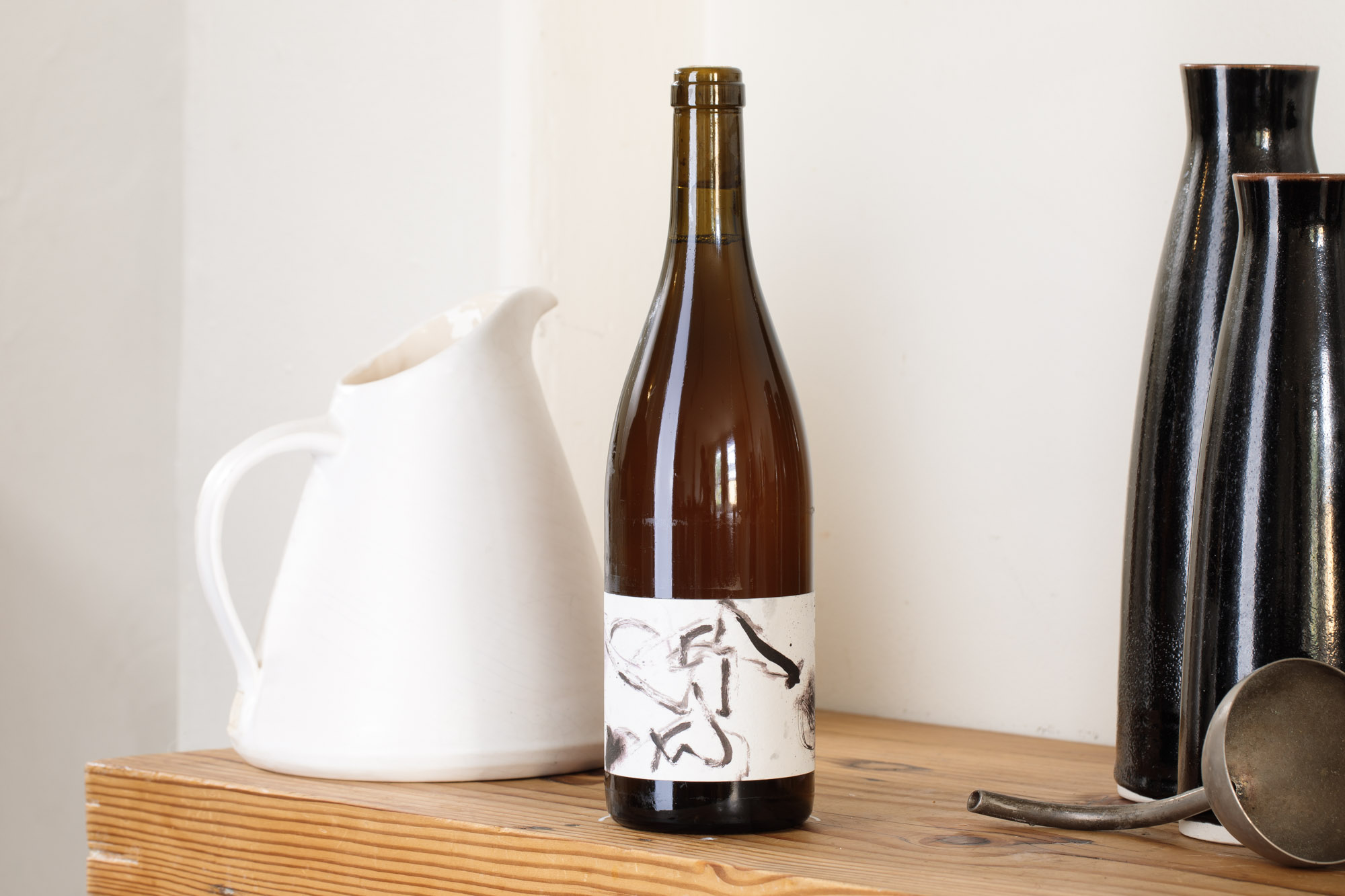 2017 Limus Sauvignon Blanc, Adelaide hills $44
2017 Limus Sauvignon Blanc, Adelaide hills $44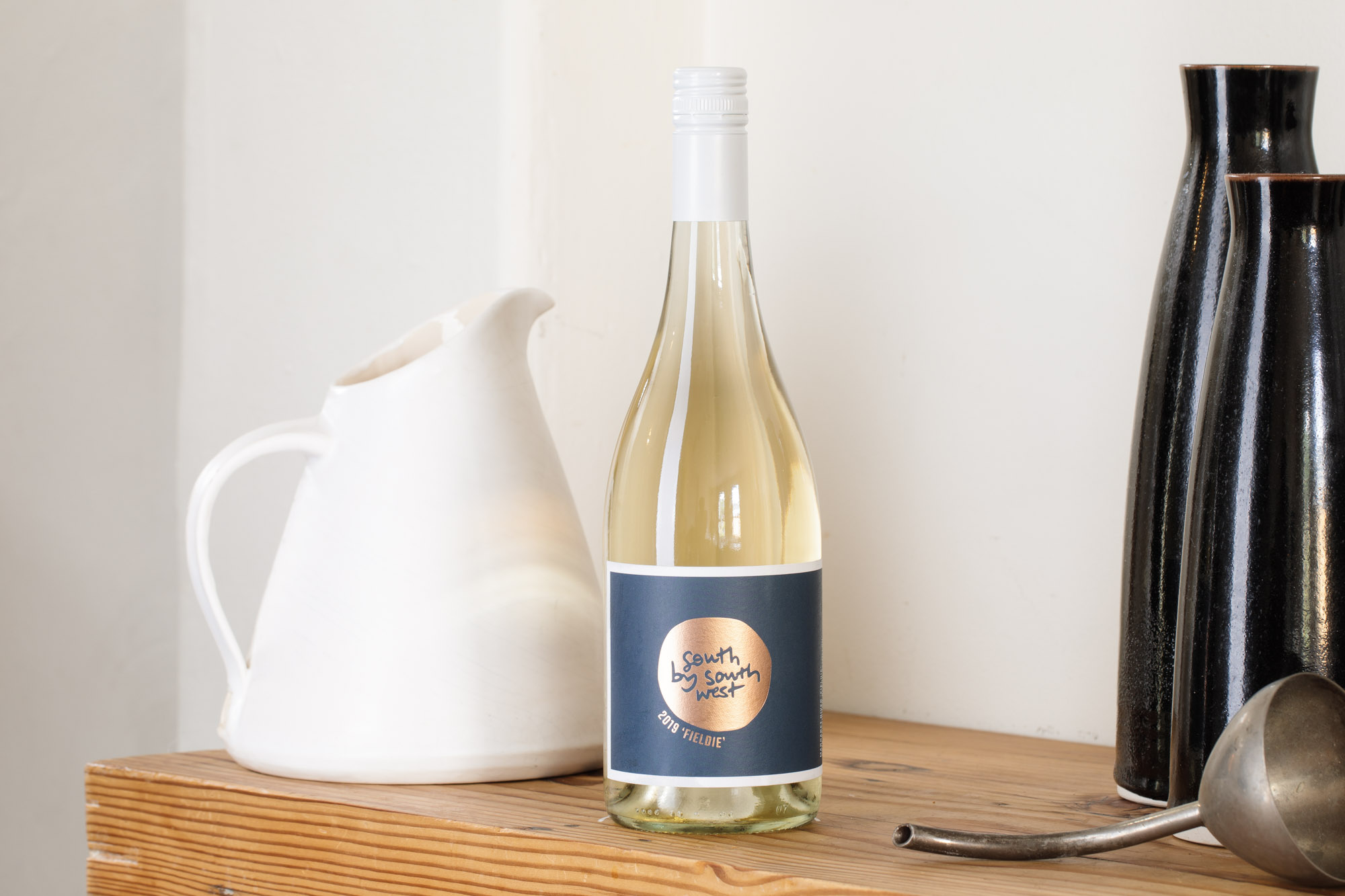 2019 South by South West ‘Fieldie’ Sauvignon Blanc Semillon, Margaret River $30
2019 South by South West ‘Fieldie’ Sauvignon Blanc Semillon, Margaret River $30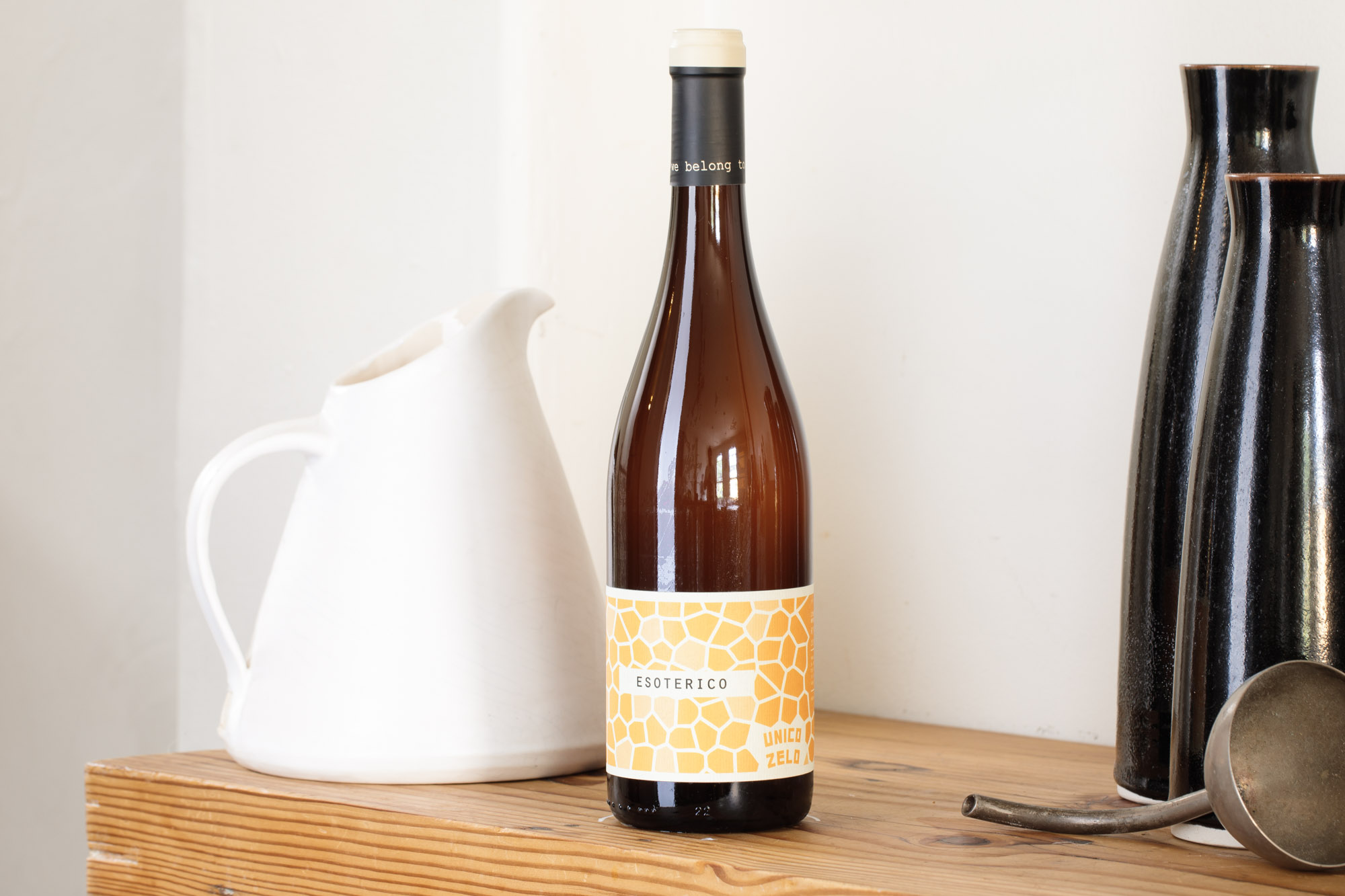 2018 Unico Zelo ‘Esoterico’, Riverland $23
2018 Unico Zelo ‘Esoterico’, Riverland $23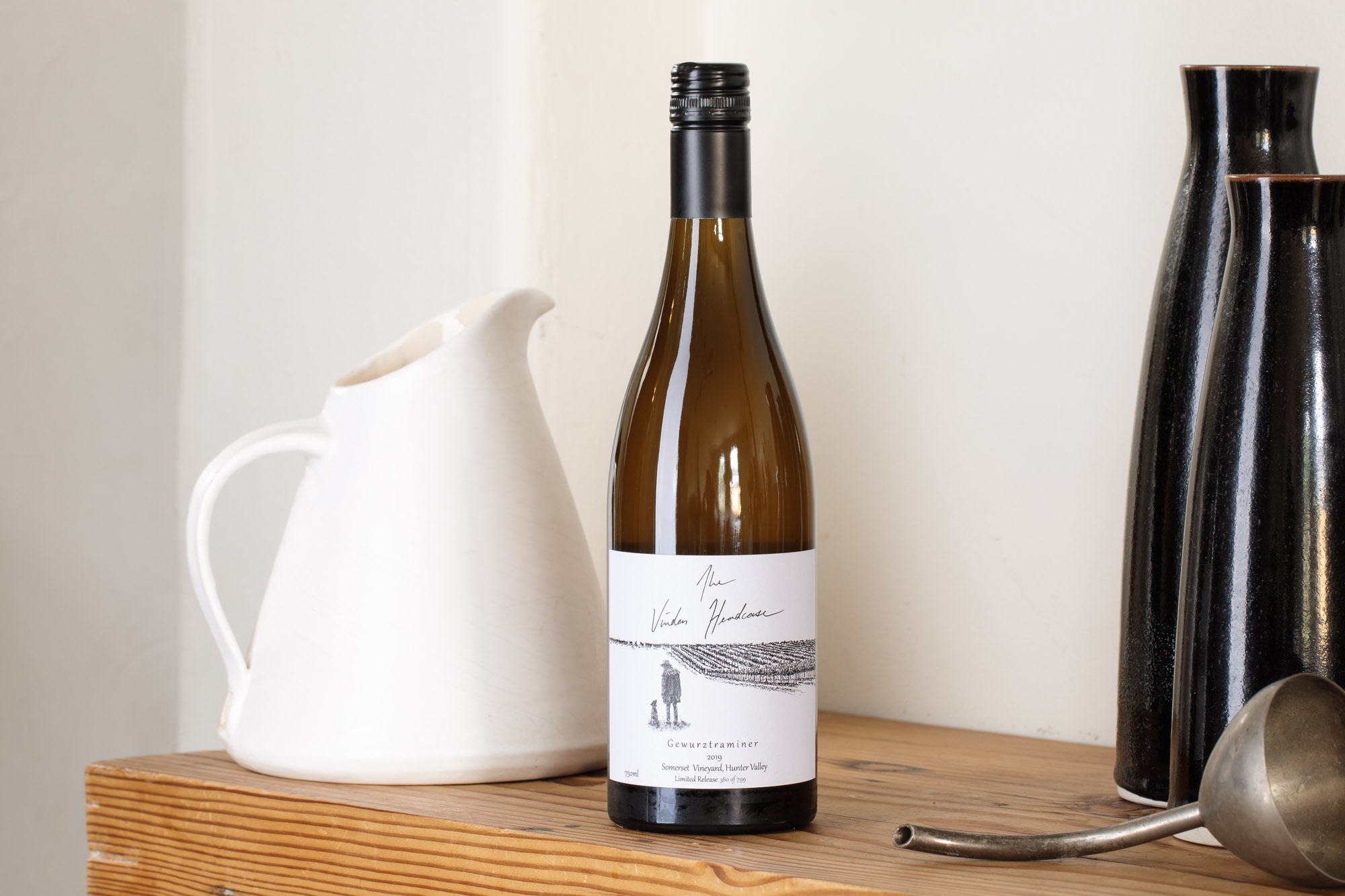 2019 Vinden Headcase ‘Somerset Vineyard’ Gewürztraminer,
2019 Vinden Headcase ‘Somerset Vineyard’ Gewürztraminer, 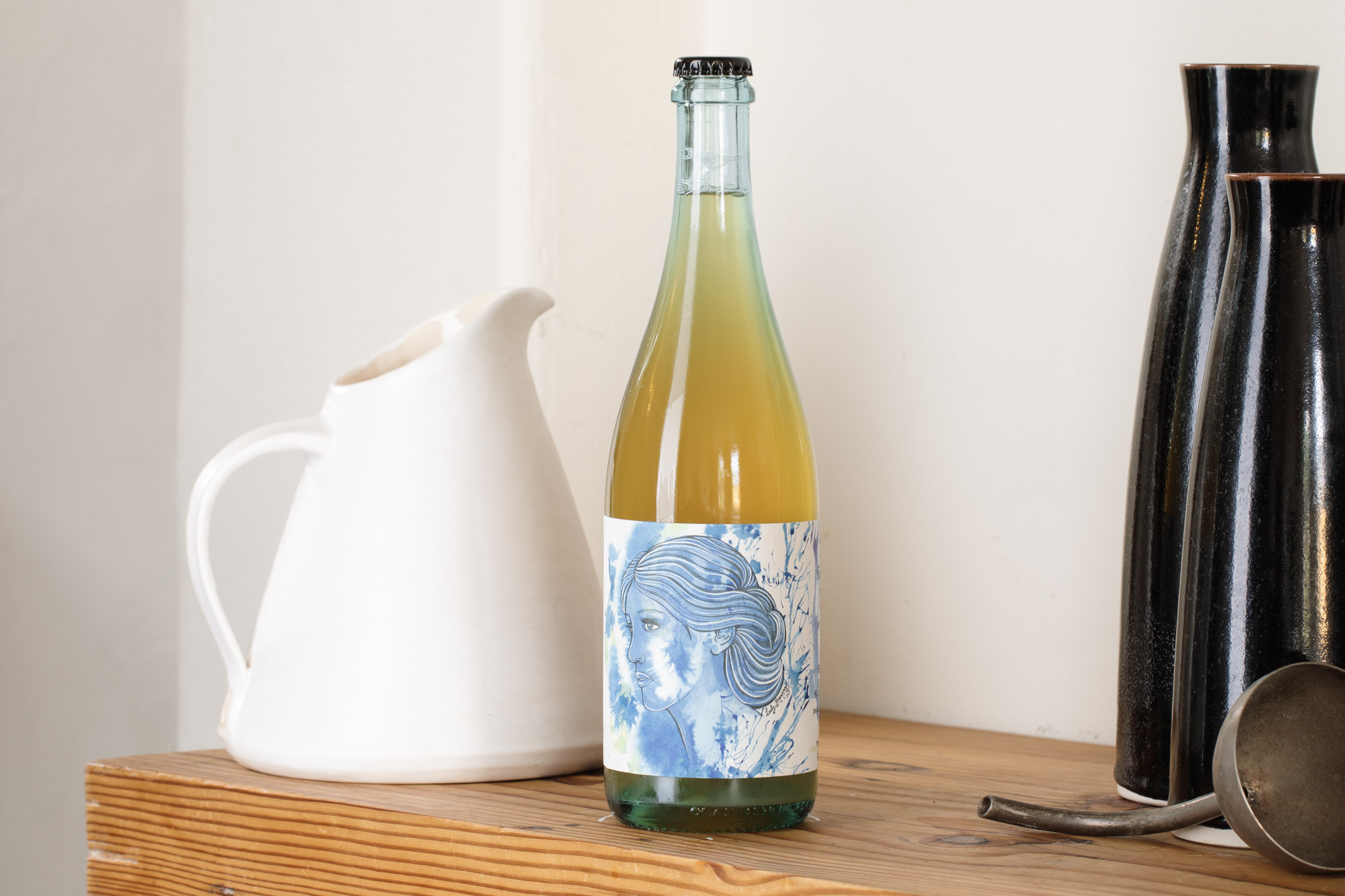 2018 Freehand ‘ExAnimo’ Semillon, Great Southern $26
2018 Freehand ‘ExAnimo’ Semillon, Great Southern $26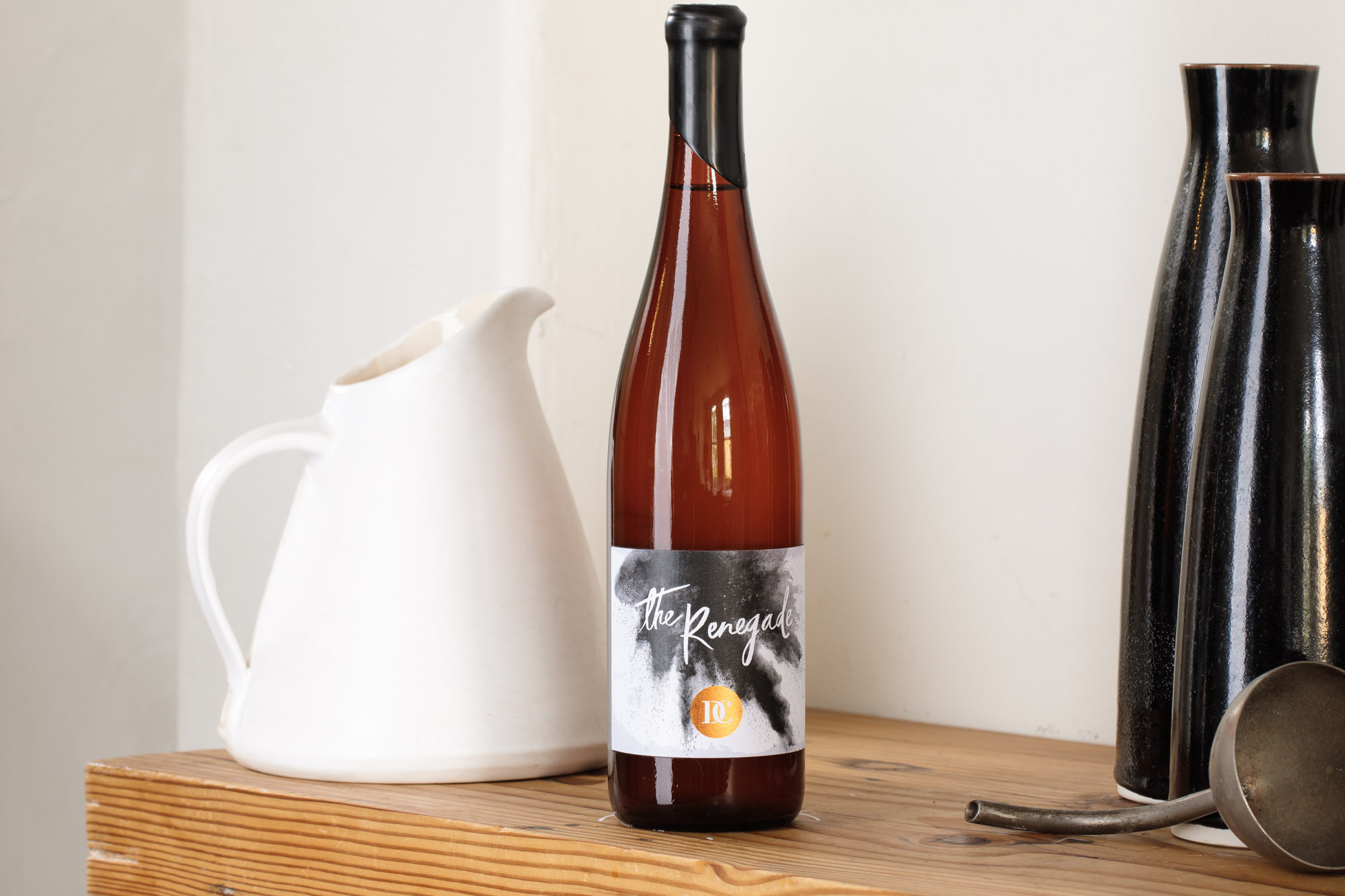 2018 Dirt Candy ‘The Renegade’ Traminer,
2018 Dirt Candy ‘The Renegade’ Traminer, 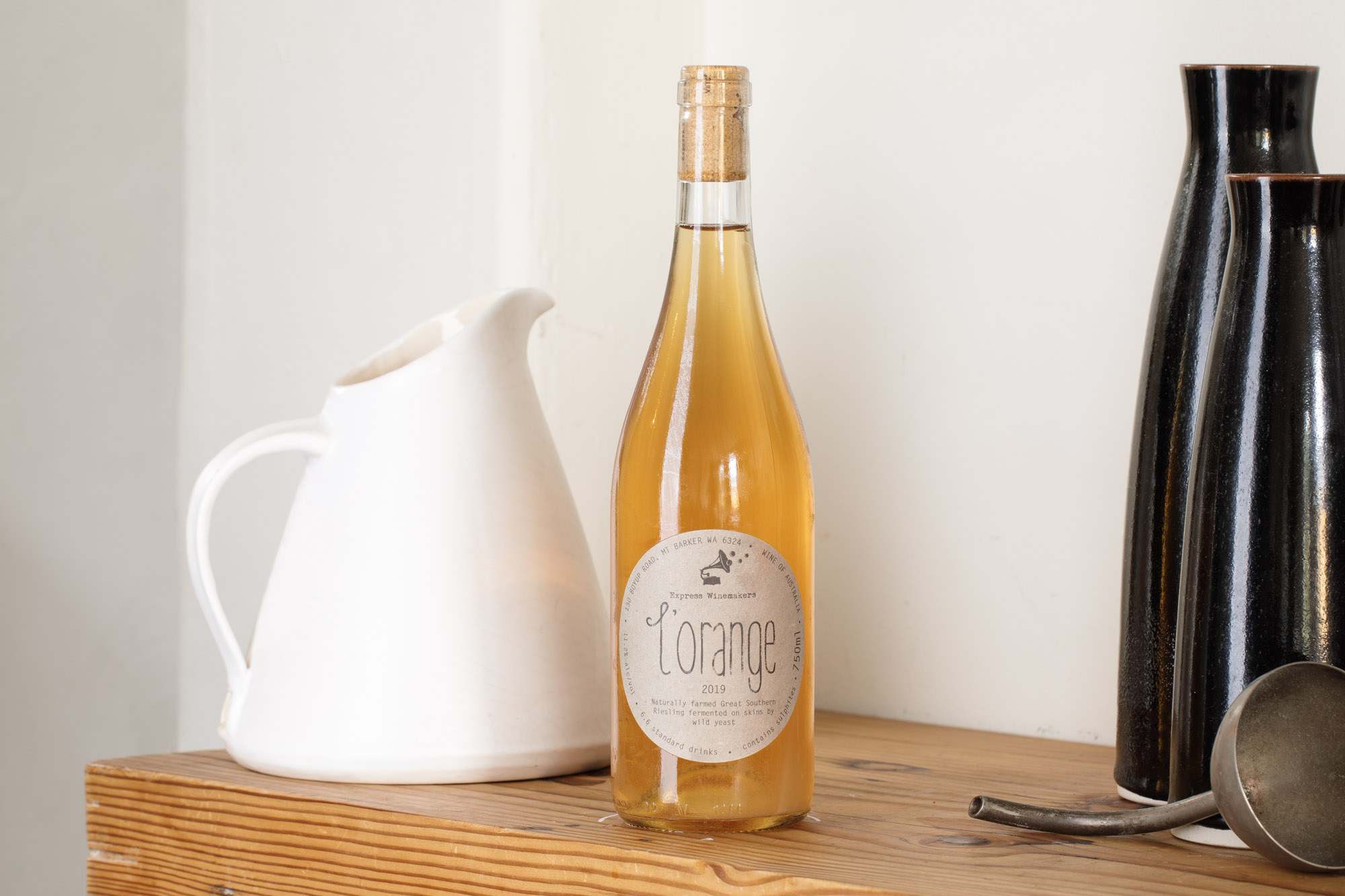 2019 Express Winemakers ‘L’Orange’ Riesling Sauvignon Blanc, Great Southern $32
2019 Express Winemakers ‘L’Orange’ Riesling Sauvignon Blanc, Great Southern $32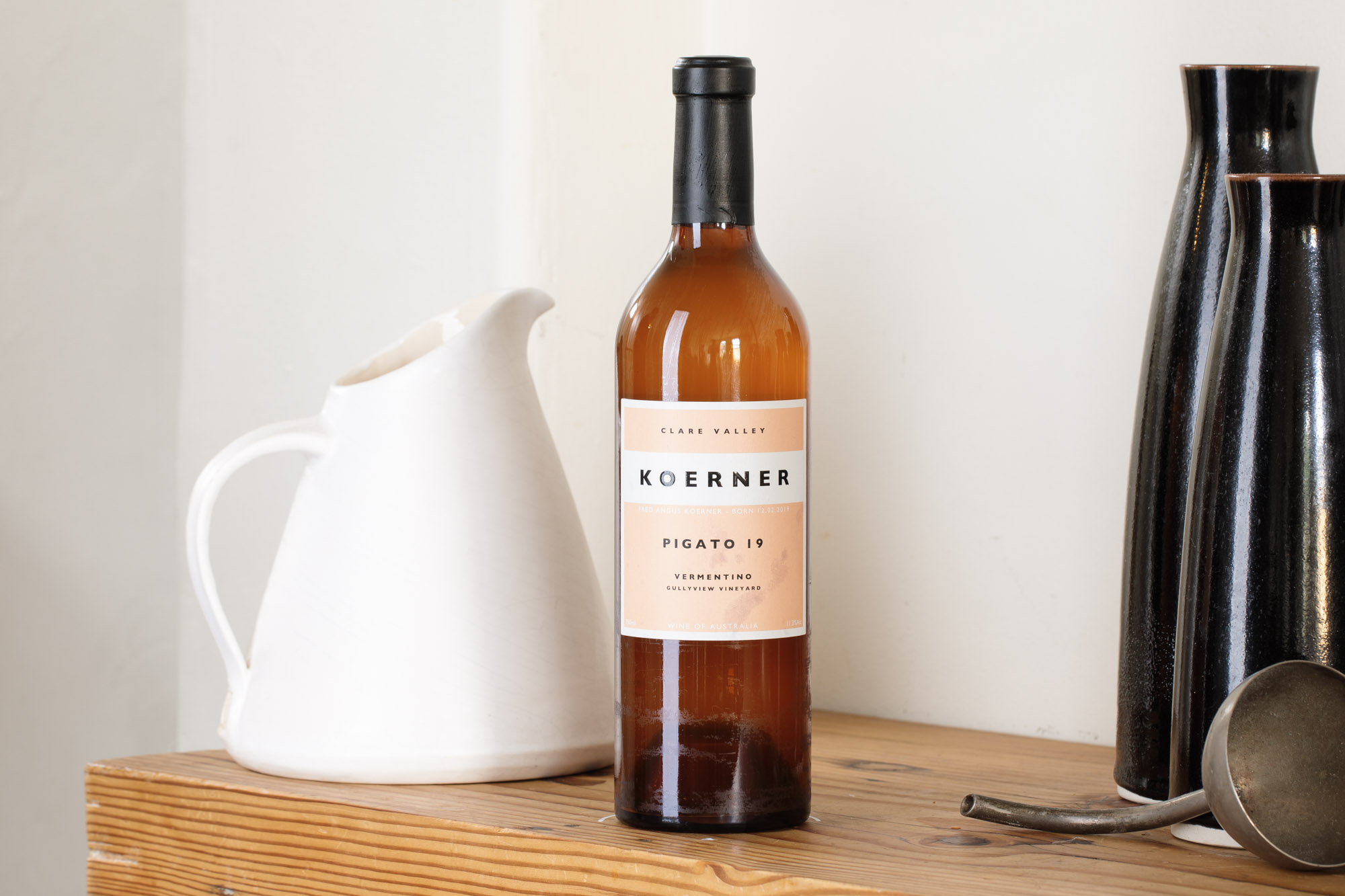 2019 Koerner Pigato, Clare Valley $30
2019 Koerner Pigato, Clare Valley $30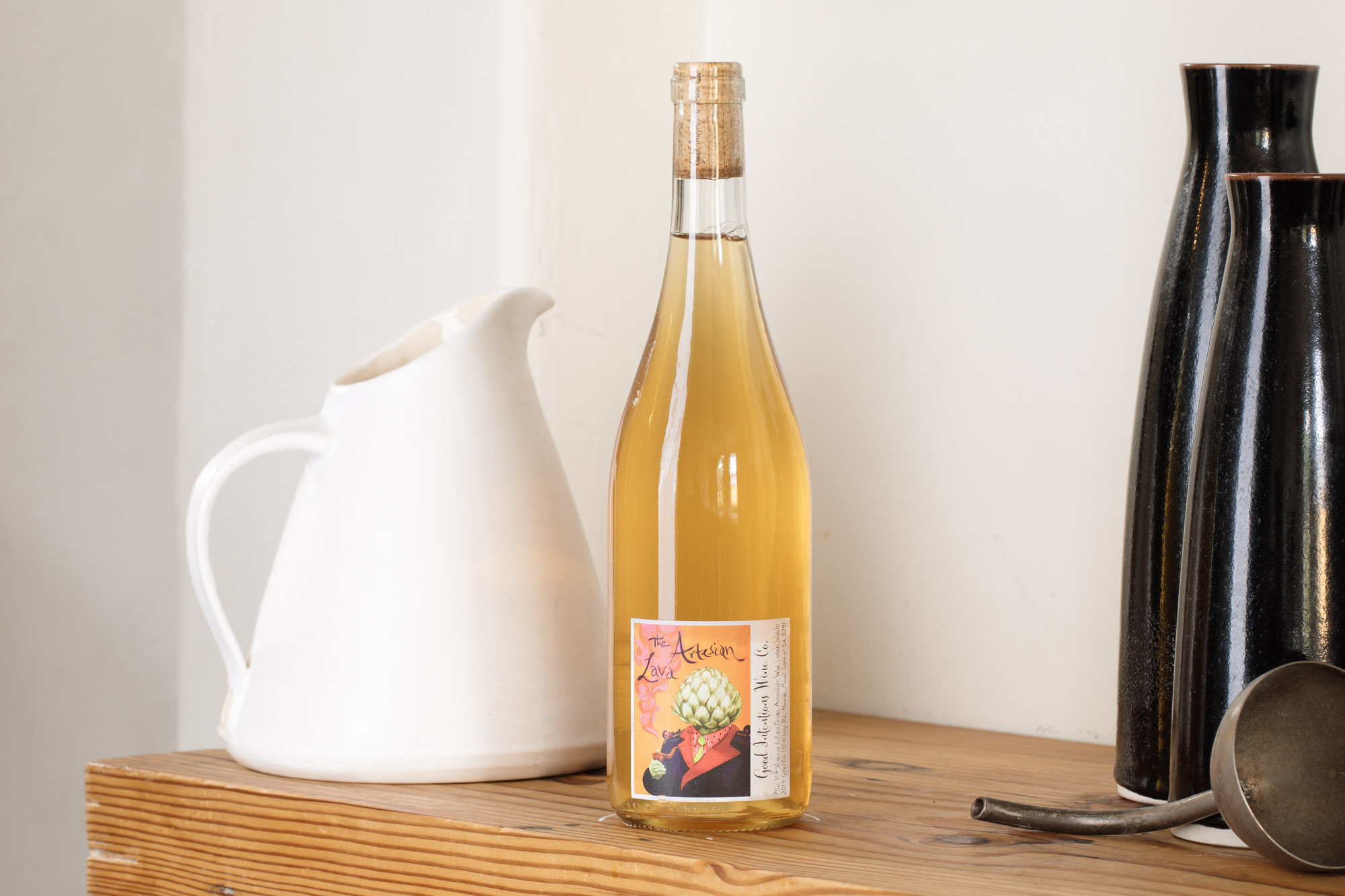 2018 Good Intentions Wine Co. ‘The Artesian Lava’ Riesling, Mount Gambier $33
2018 Good Intentions Wine Co. ‘The Artesian Lava’ Riesling, Mount Gambier $33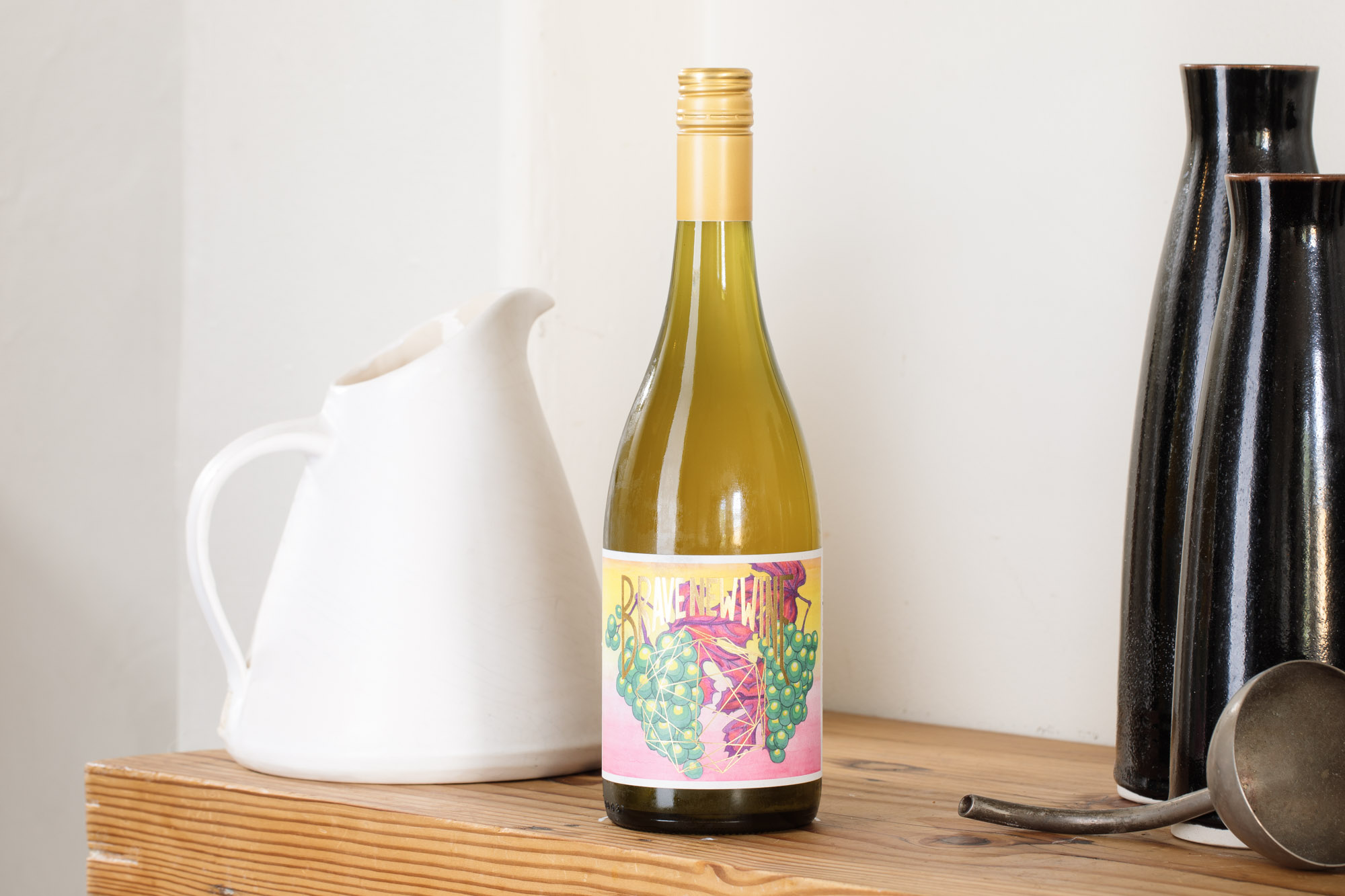
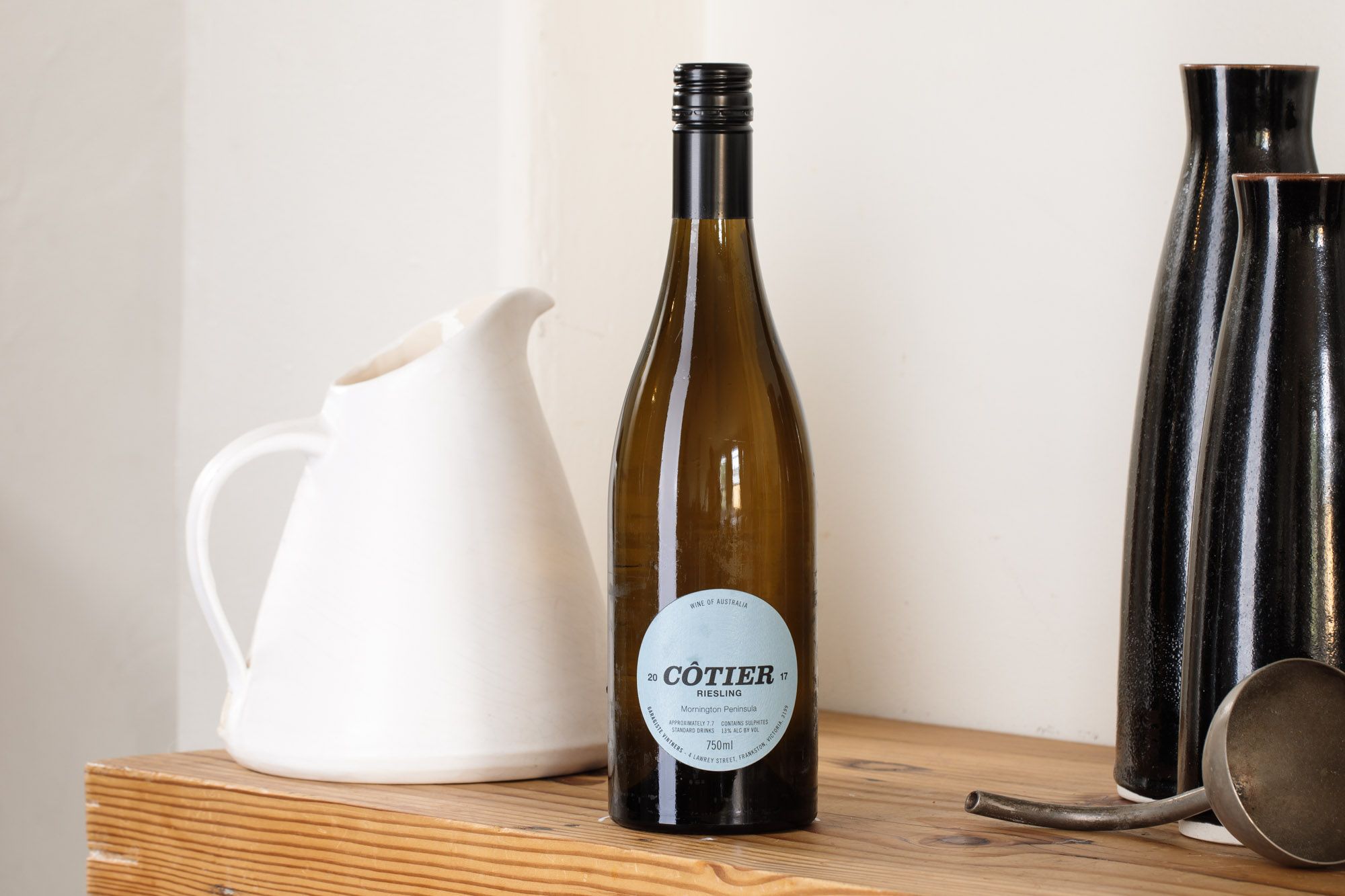 2018 Cotier Riesling,
2018 Cotier Riesling, 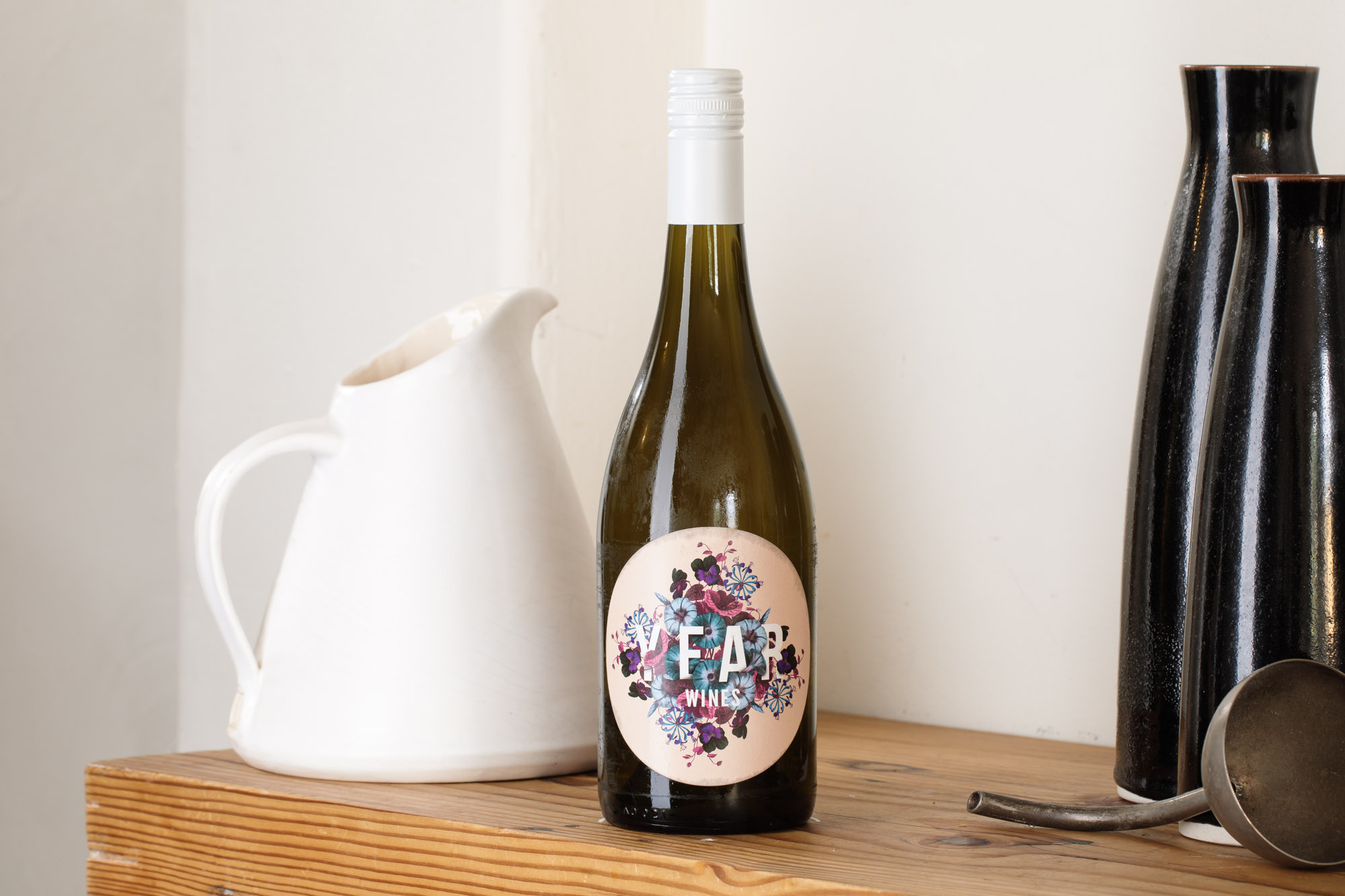 2019 Year Wines Fiano, McLaren Vale $28
2019 Year Wines Fiano, McLaren Vale $28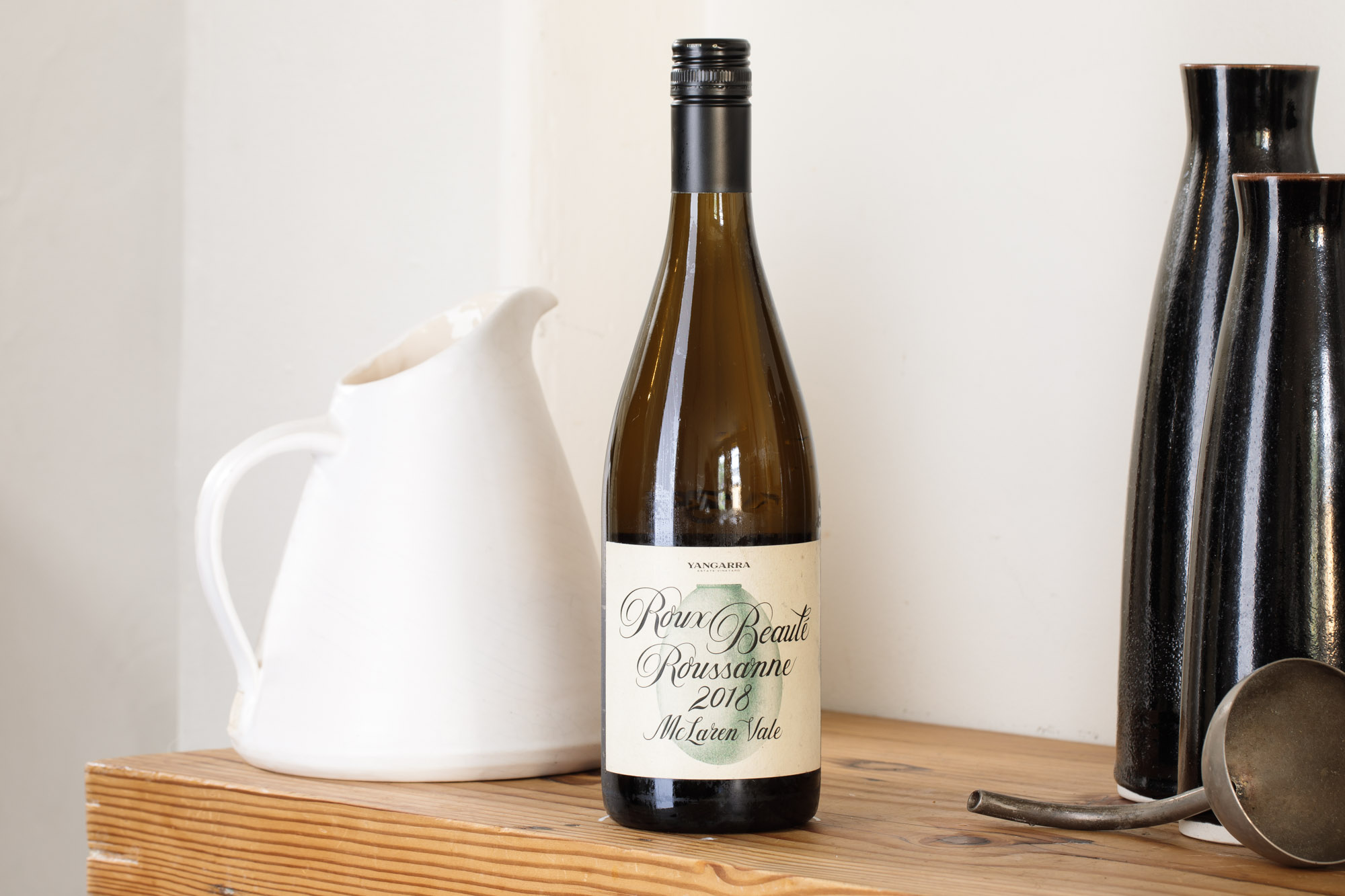 2018 Yangarra ‘Roux Beaute’ Roussanne, MacLaren Vale $50
2018 Yangarra ‘Roux Beaute’ Roussanne, MacLaren Vale $50 2019 Ari’s Natural Wine ‘Retsini’ Chardonnay, Southern Highlands
2019 Ari’s Natural Wine ‘Retsini’ Chardonnay, Southern Highlands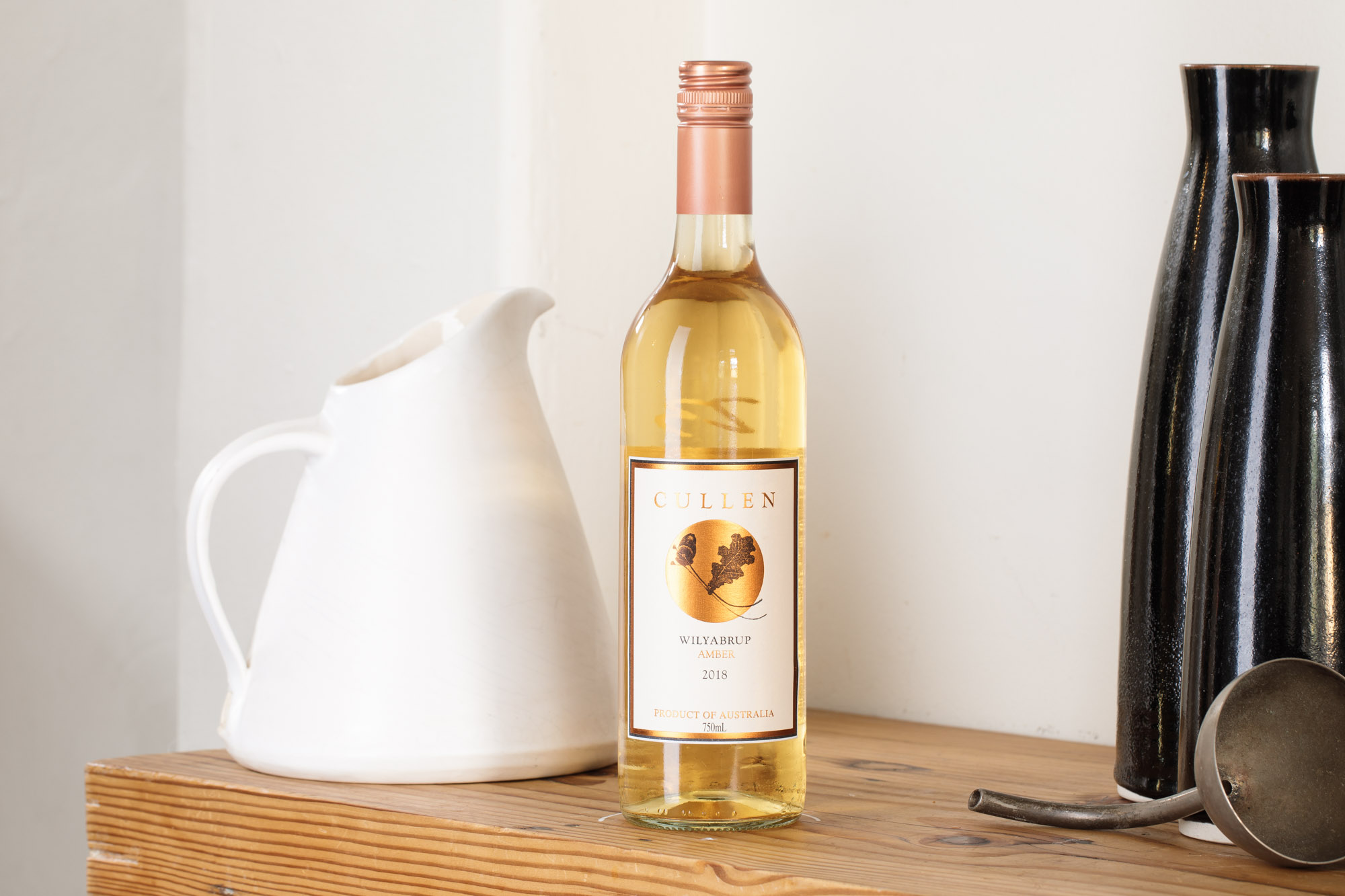 2018 Cullen ‘Amber’ Semillon Sauvignon Blanc, Margaret River $39
2018 Cullen ‘Amber’ Semillon Sauvignon Blanc, Margaret River $39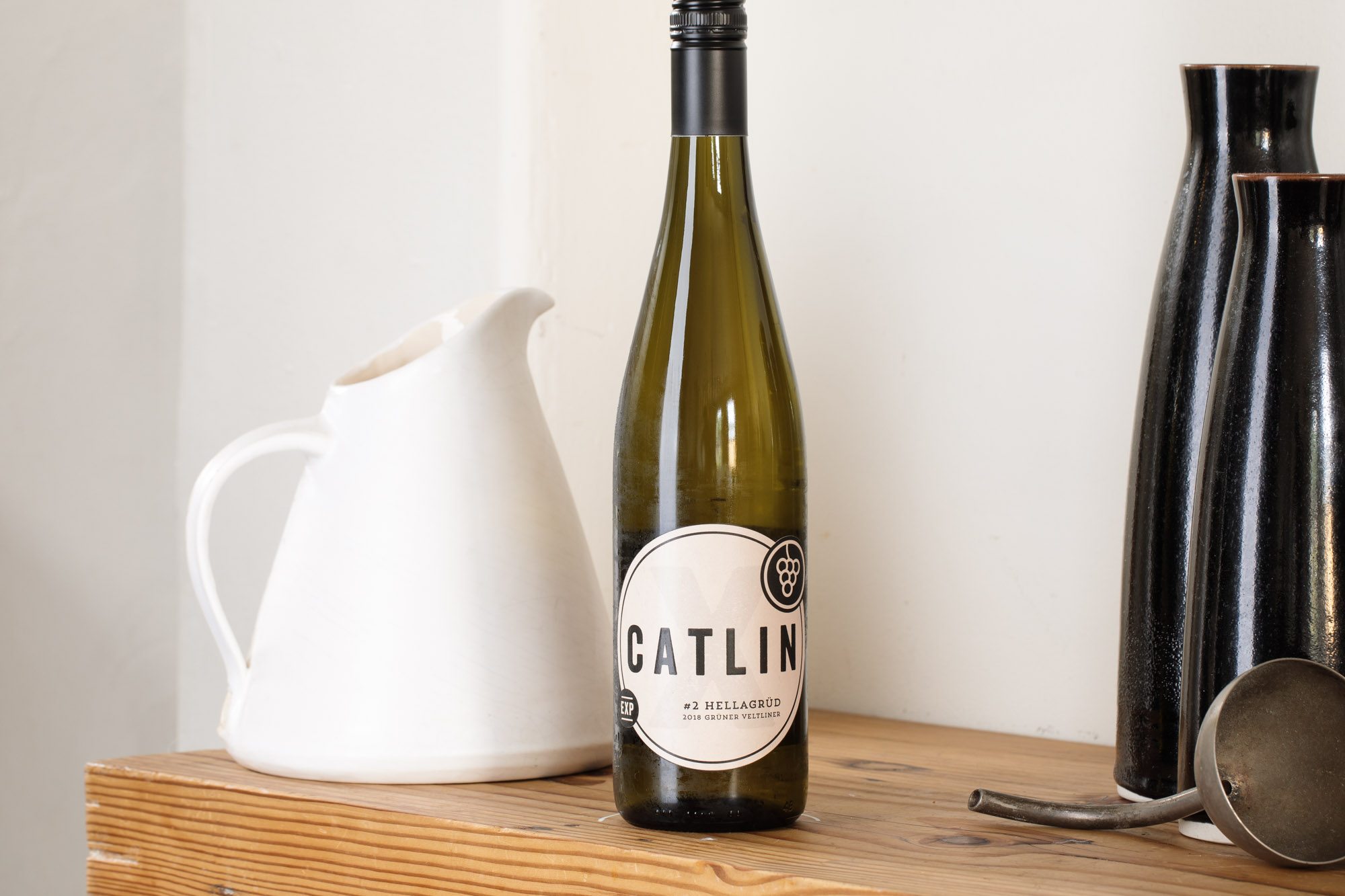 2018 Catlin ‘Hellagrüd EXP#2’ Grüner Veltliner $29
2018 Catlin ‘Hellagrüd EXP#2’ Grüner Veltliner $29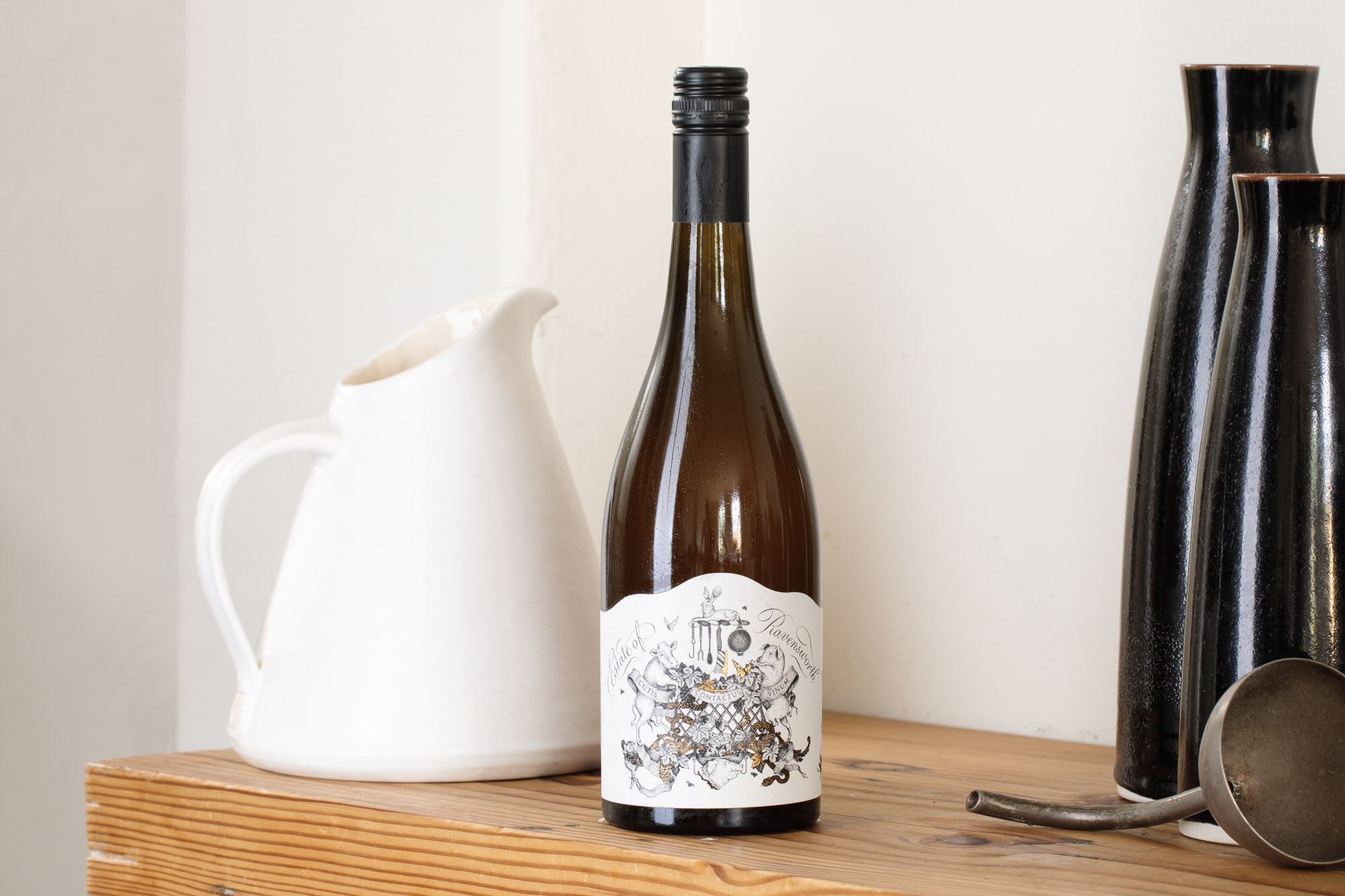 2018 Ravensworth ‘Seven Months’, Murrumbateman $38
2018 Ravensworth ‘Seven Months’, Murrumbateman $38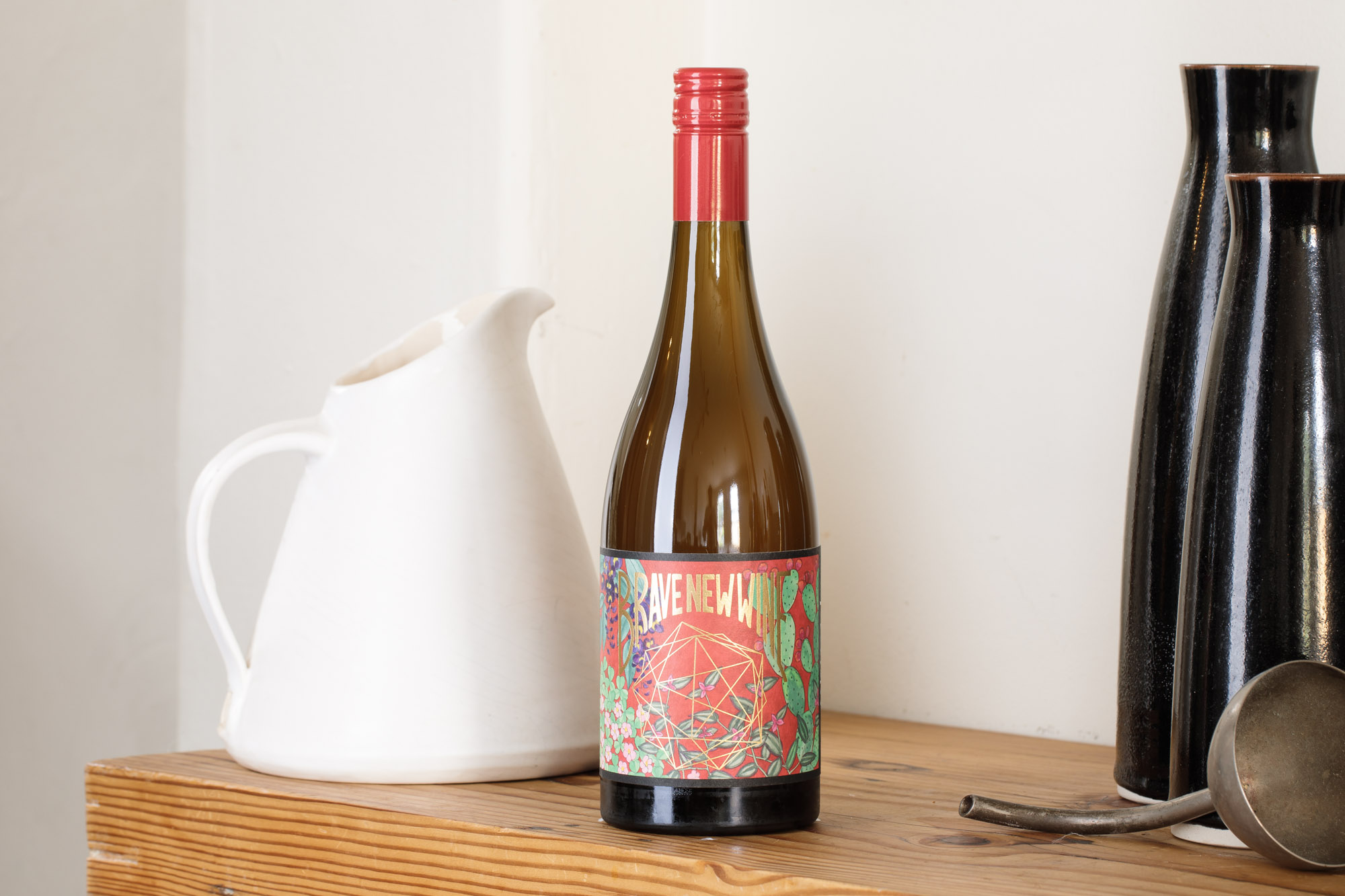 2019 Brave New Wine ‘Andiamo’ Vermentino, Great Southern $33
2019 Brave New Wine ‘Andiamo’ Vermentino, Great Southern $33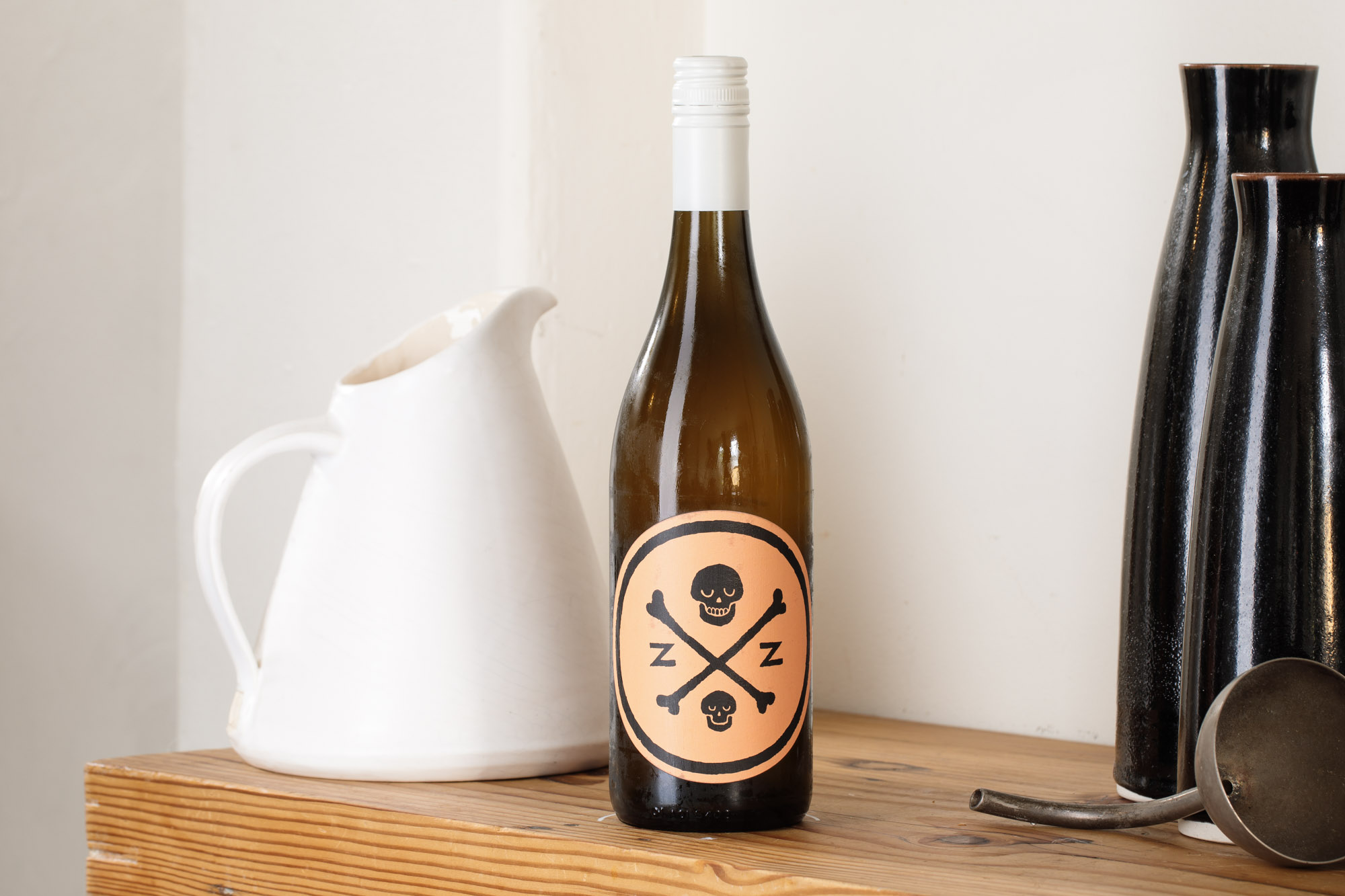 2019 Dormilona ‘Orenji’ Sauvignon Blanc Semillon, Margaret River $24
2019 Dormilona ‘Orenji’ Sauvignon Blanc Semillon, Margaret River $24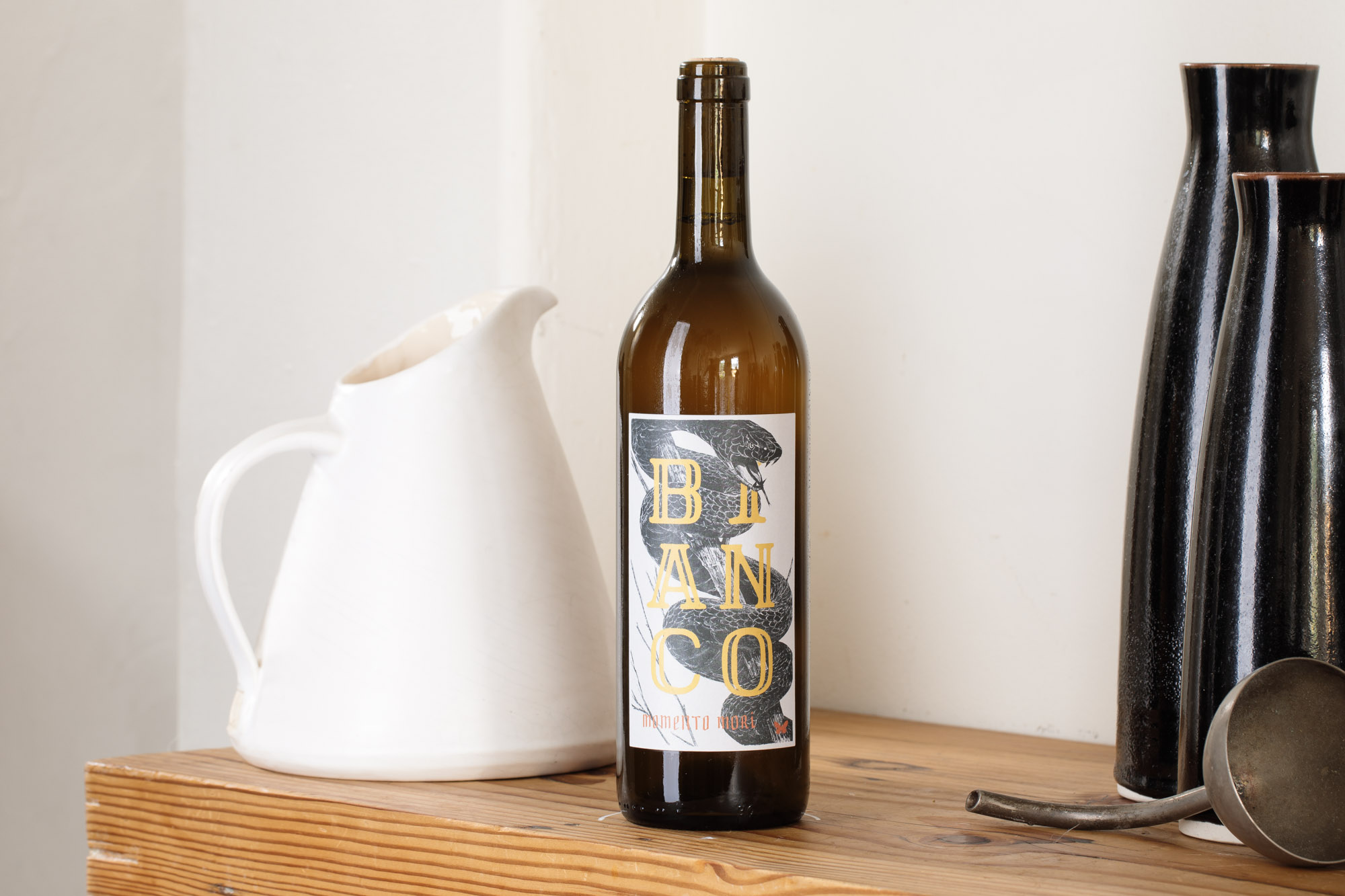 2018 Momento Mori ‘Bianco’ Fiano Greco di Tufo Chardonnay, Heathcote $45
2018 Momento Mori ‘Bianco’ Fiano Greco di Tufo Chardonnay, Heathcote $45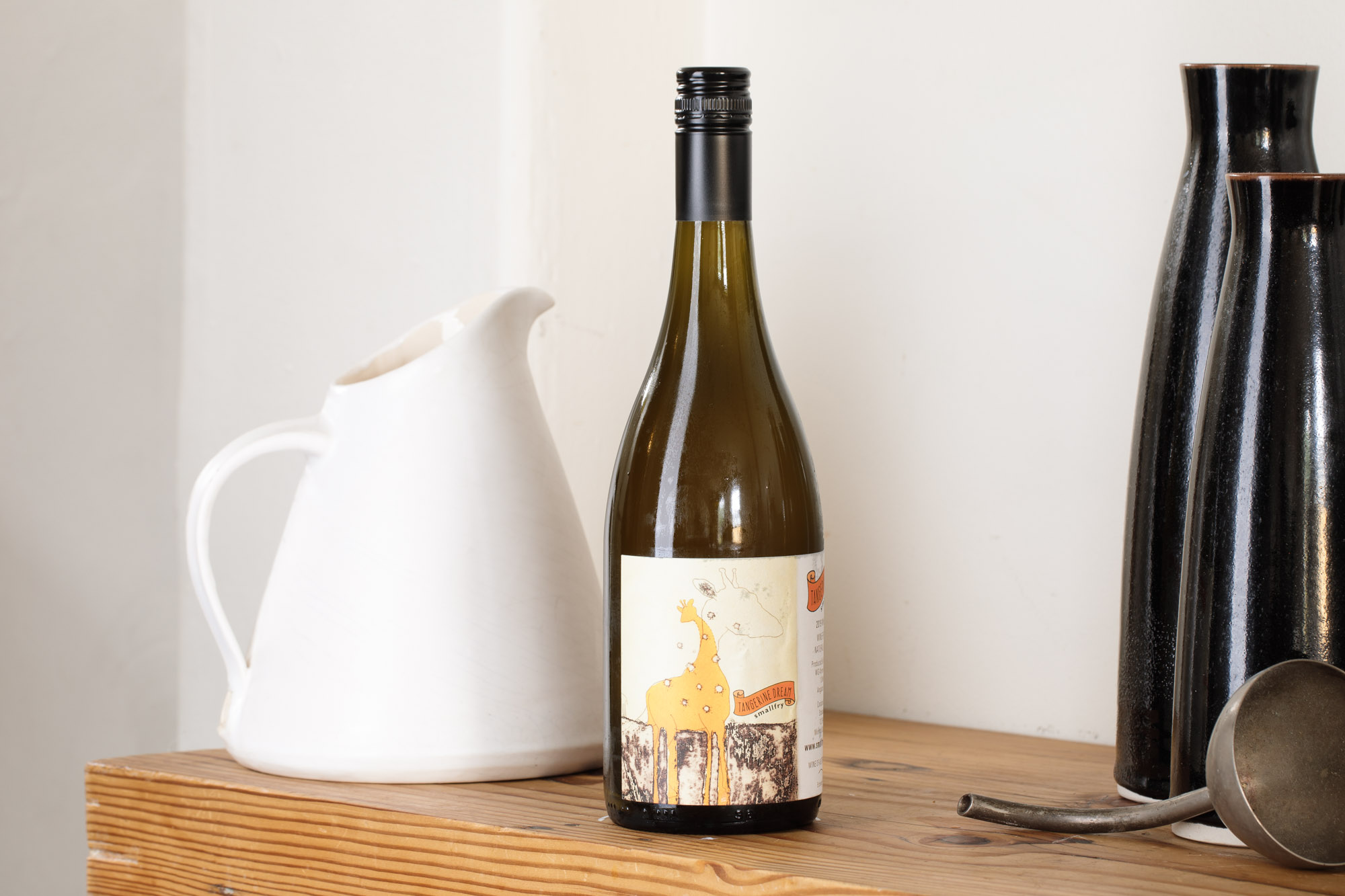 2019 Smallfry ‘Tangerine Dream’, Barossa Valley $36
2019 Smallfry ‘Tangerine Dream’, Barossa Valley $36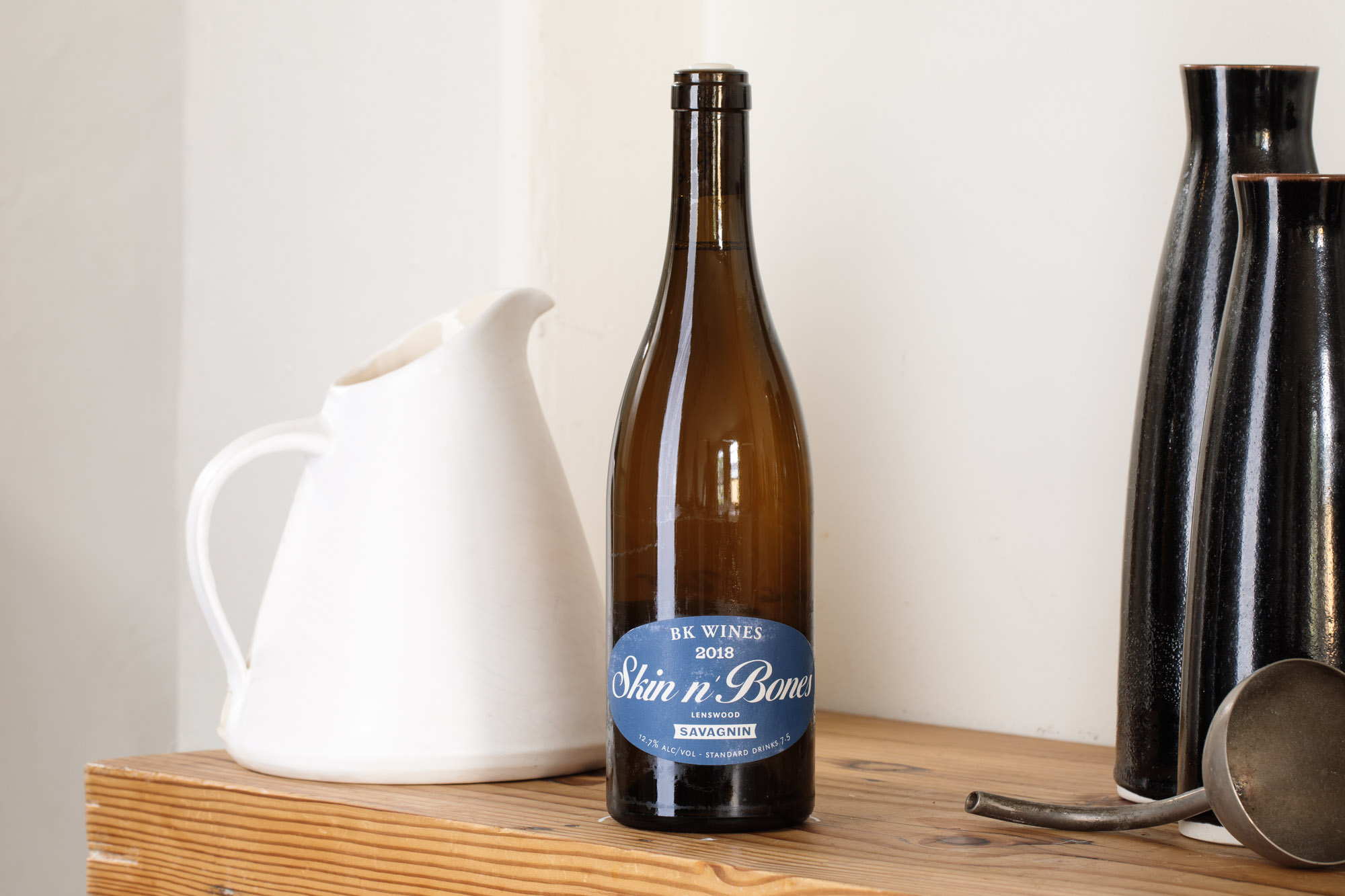 2018 BK ‘Skin n’ Bones’ Savagnin, Adelaide Hills $35
2018 BK ‘Skin n’ Bones’ Savagnin, Adelaide Hills $35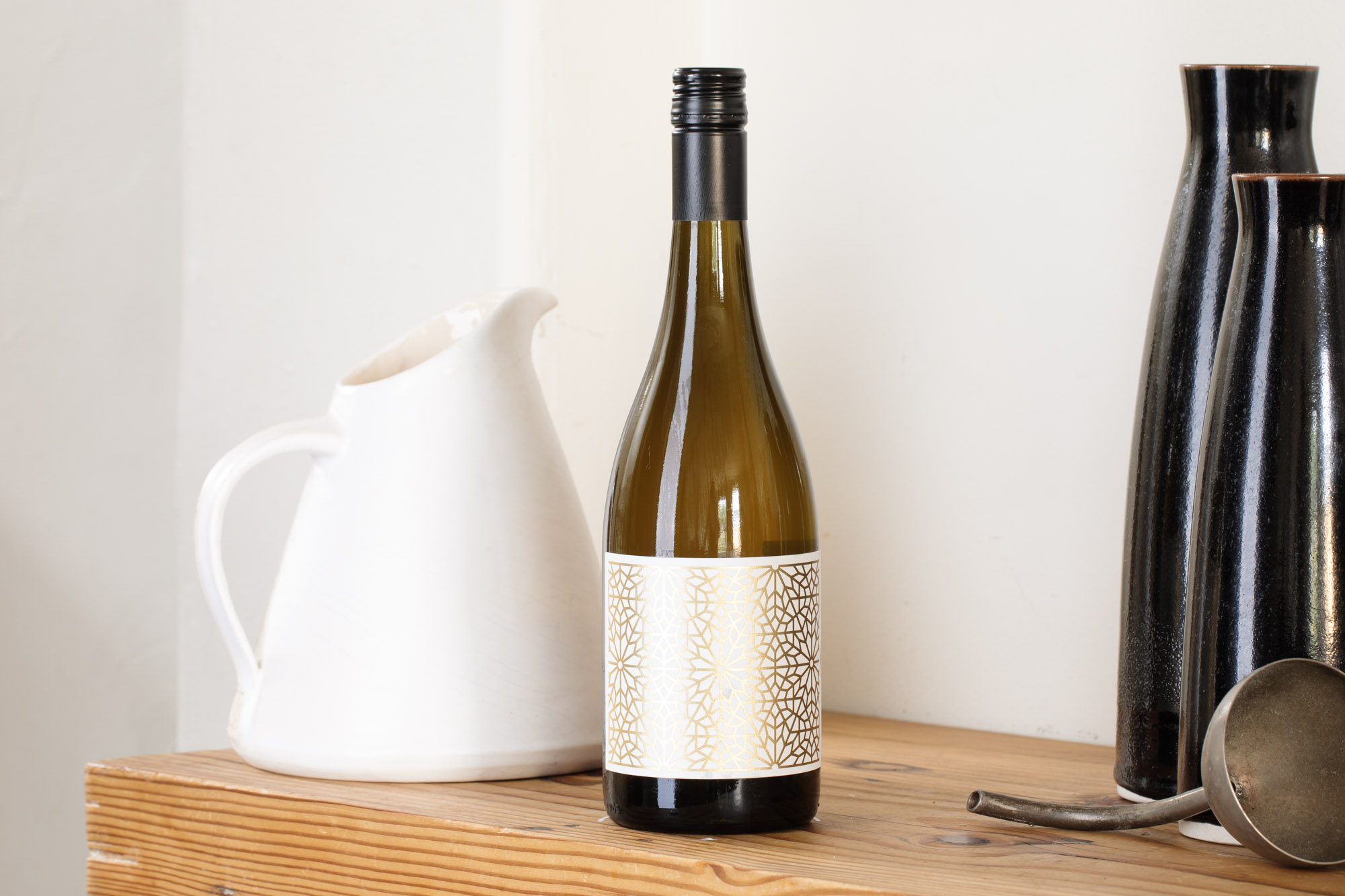 2017 Domaine Simha ‘Lotus Amphora’ Riesling,
2017 Domaine Simha ‘Lotus Amphora’ Riesling, 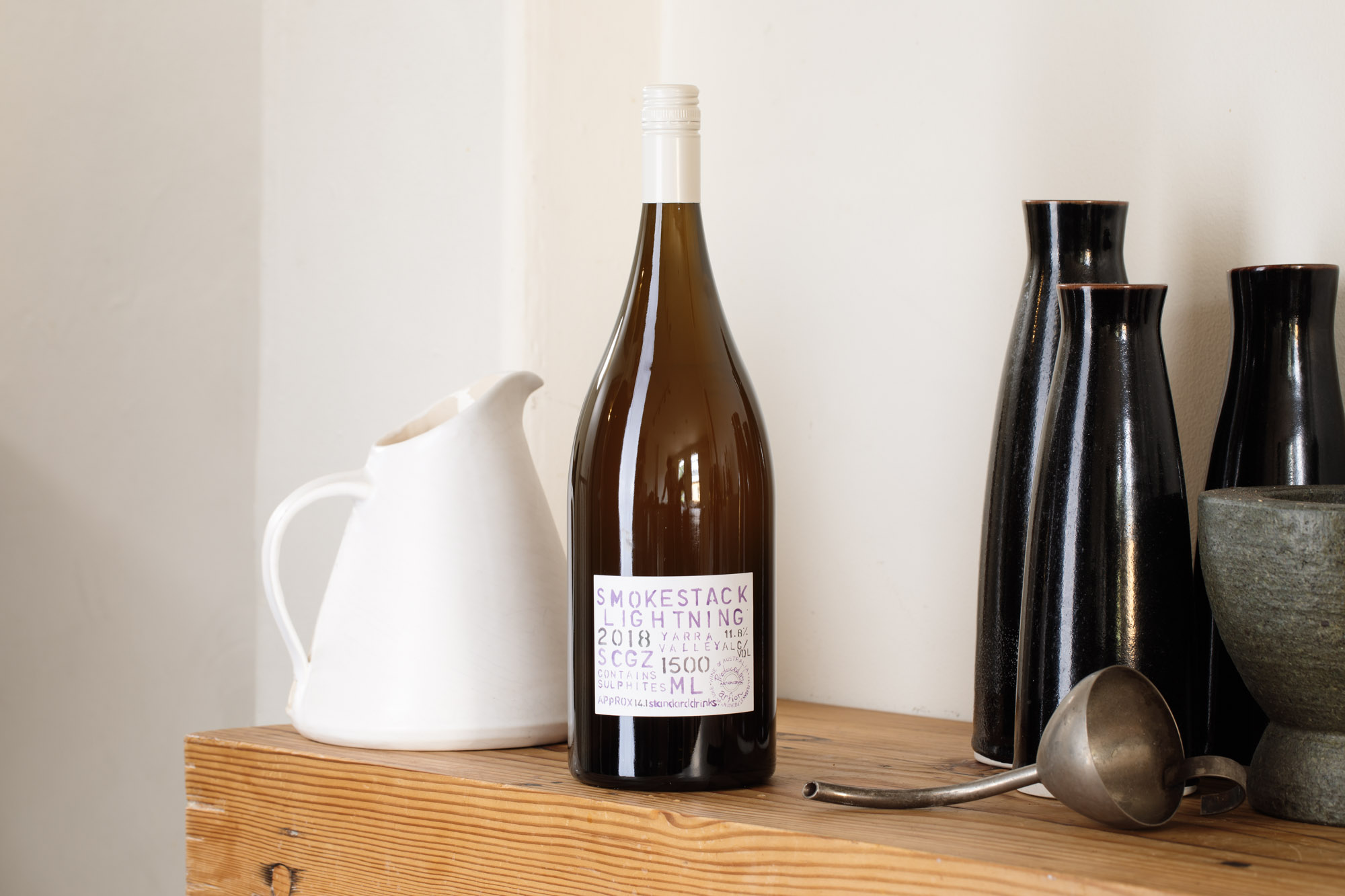 2018 Arfion Smokestack Lightning ‘SCGZ’ Gewürztraminer,
2018 Arfion Smokestack Lightning ‘SCGZ’ Gewürztraminer,  Christian McCabe started his career in his native Wellington, where he opened his renowned restaurant Matterhorn. Moving across the Tasman with Chef Dave Verheul, McCabe opened the Town Mouse in Carlton, before establishing Embla, and later Lesa, with Verheul and legendary UK natural wine importer and restaurateur Eric Narioo (Les Caves de Pyrene). He also owns wine wholesaler Puncheon Bottles with winemaker Patrick Sullivan, and the duo will soon open a wine store a couple of doors up from Embla and Lesa called Punchin’ bottles.
Christian McCabe started his career in his native Wellington, where he opened his renowned restaurant Matterhorn. Moving across the Tasman with Chef Dave Verheul, McCabe opened the Town Mouse in Carlton, before establishing Embla, and later Lesa, with Verheul and legendary UK natural wine importer and restaurateur Eric Narioo (Les Caves de Pyrene). He also owns wine wholesaler Puncheon Bottles with winemaker Patrick Sullivan, and the duo will soon open a wine store a couple of doors up from Embla and Lesa called Punchin’ bottles. Liz Carey is a hospitality veteran, having worked across the country and overseas, notably for Christine Manfield and for a number of years as Head Buyer, Manager and Sommelier for MoVida and their import arm, Alimentaria. Since leaving MoVida, she has run her own specialist importing business, Wine & Food Solutions, since 2016. Carey is co-organiser of Soulfor Wine, a natural wine festival filling part of the space left vacant by the departure of Rootstock, and regularly moonlights as a sommelier in like-minded establishments.
Liz Carey is a hospitality veteran, having worked across the country and overseas, notably for Christine Manfield and for a number of years as Head Buyer, Manager and Sommelier for MoVida and their import arm, Alimentaria. Since leaving MoVida, she has run her own specialist importing business, Wine & Food Solutions, since 2016. Carey is co-organiser of Soulfor Wine, a natural wine festival filling part of the space left vacant by the departure of Rootstock, and regularly moonlights as a sommelier in like-minded establishments. Josh Elias worked as a sommelier at Vue de Monde, Attica and Grossi Florentino before co-founding ground-breaking food and wine magazine Alquimie, where he was Chief Editor. Josh holds the Advanced Diploma from the Court of Master Sommeliers and was the Dux of Victoria’s first WSET Diploma Graduates. He is currently studying for both his Master of Wine and Master Sommelier Diploma.
Josh Elias worked as a sommelier at Vue de Monde, Attica and Grossi Florentino before co-founding ground-breaking food and wine magazine Alquimie, where he was Chief Editor. Josh holds the Advanced Diploma from the Court of Master Sommeliers and was the Dux of Victoria’s first WSET Diploma Graduates. He is currently studying for both his Master of Wine and Master Sommelier Diploma. Lisa Cardelli is a WSET Diploma holder who currently works as a wholesale representative for specialist Italian importer Tricolore, as well as at the legendary Prince Wine Store as a WSET Educator. Until August 2019, she was the Head Sommelier and Buyer at Rosetta. She is also a wine show judge, most recently at the Royal Melbourne Wine Awards.
Lisa Cardelli is a WSET Diploma holder who currently works as a wholesale representative for specialist Italian importer Tricolore, as well as at the legendary Prince Wine Store as a WSET Educator. Until August 2019, she was the Head Sommelier and Buyer at Rosetta. She is also a wine show judge, most recently at the Royal Melbourne Wine Awards. Tom Kline is the Victorian State Sales Manager for benchmark importer and wholesaler Bibendum Wine Co. He is a second-generation wine educator, following after his father, and now teaches WSET as well as self-authored wine courses.
Tom Kline is the Victorian State Sales Manager for benchmark importer and wholesaler Bibendum Wine Co. He is a second-generation wine educator, following after his father, and now teaches WSET as well as self-authored wine courses.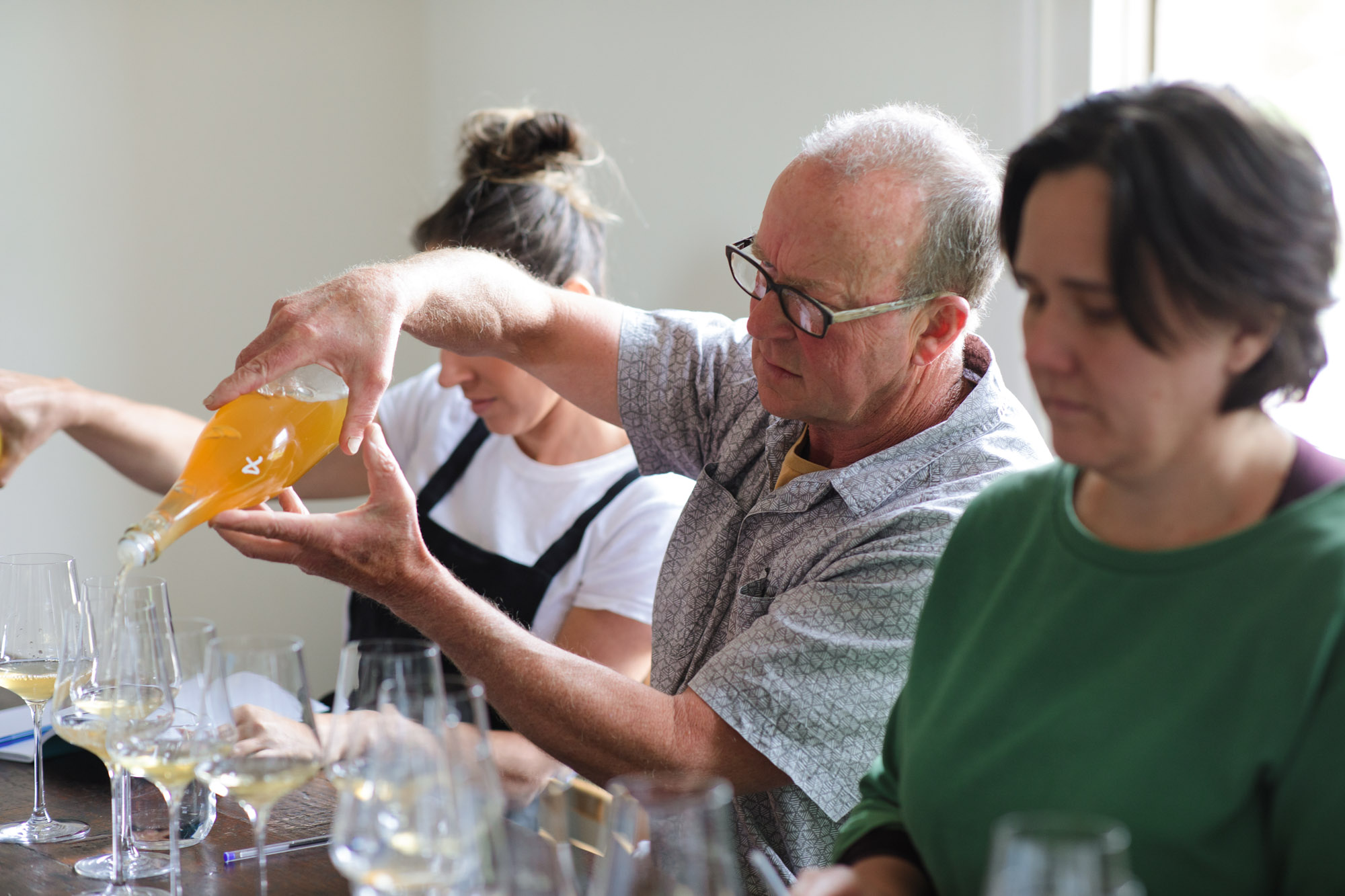
 Penny Vine is a long-term hospitality worker, with a love of wine cohering at Newtown’s Bloodwood in 2010. She spent three years at Marion on the wine team, completing WSET 3 internally with group Sommelier/Buyer Leanne Altmann. In 2018, Vine stepped through the connecting door to join the wine team as Assistant Sommelier to Liam O’Brien at Cutler & Co. She was a top three finalist in the Sommeliers Australia Education Scholarship this year, and has spent the last two years co-running an event series called Not Serious Wine Chats.
Penny Vine is a long-term hospitality worker, with a love of wine cohering at Newtown’s Bloodwood in 2010. She spent three years at Marion on the wine team, completing WSET 3 internally with group Sommelier/Buyer Leanne Altmann. In 2018, Vine stepped through the connecting door to join the wine team as Assistant Sommelier to Liam O’Brien at Cutler & Co. She was a top three finalist in the Sommeliers Australia Education Scholarship this year, and has spent the last two years co-running an event series called Not Serious Wine Chats. Katie McCormack is one half of Milieu Hospitality, along with her brother Michael. She opened Congress in Collingwood in 2017, before adding Future Future in Richmond, as well as recently swinging open the doors of Lagotto in Fitzroy North. Trained as a chef, she oversees the beverage purchasing across the diverse portfolio of venues, as well as managing front of house operations.
Katie McCormack is one half of Milieu Hospitality, along with her brother Michael. She opened Congress in Collingwood in 2017, before adding Future Future in Richmond, as well as recently swinging open the doors of Lagotto in Fitzroy North. Trained as a chef, she oversees the beverage purchasing across the diverse portfolio of venues, as well as managing front of house operations.

